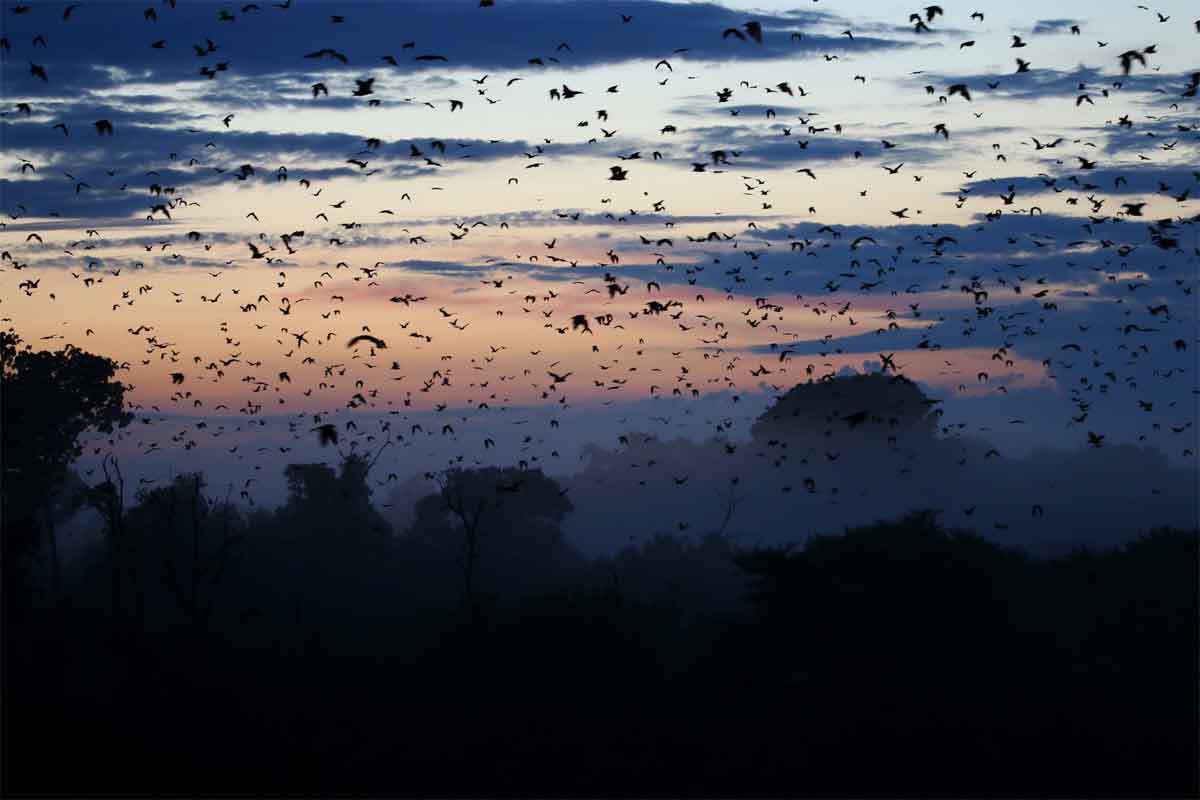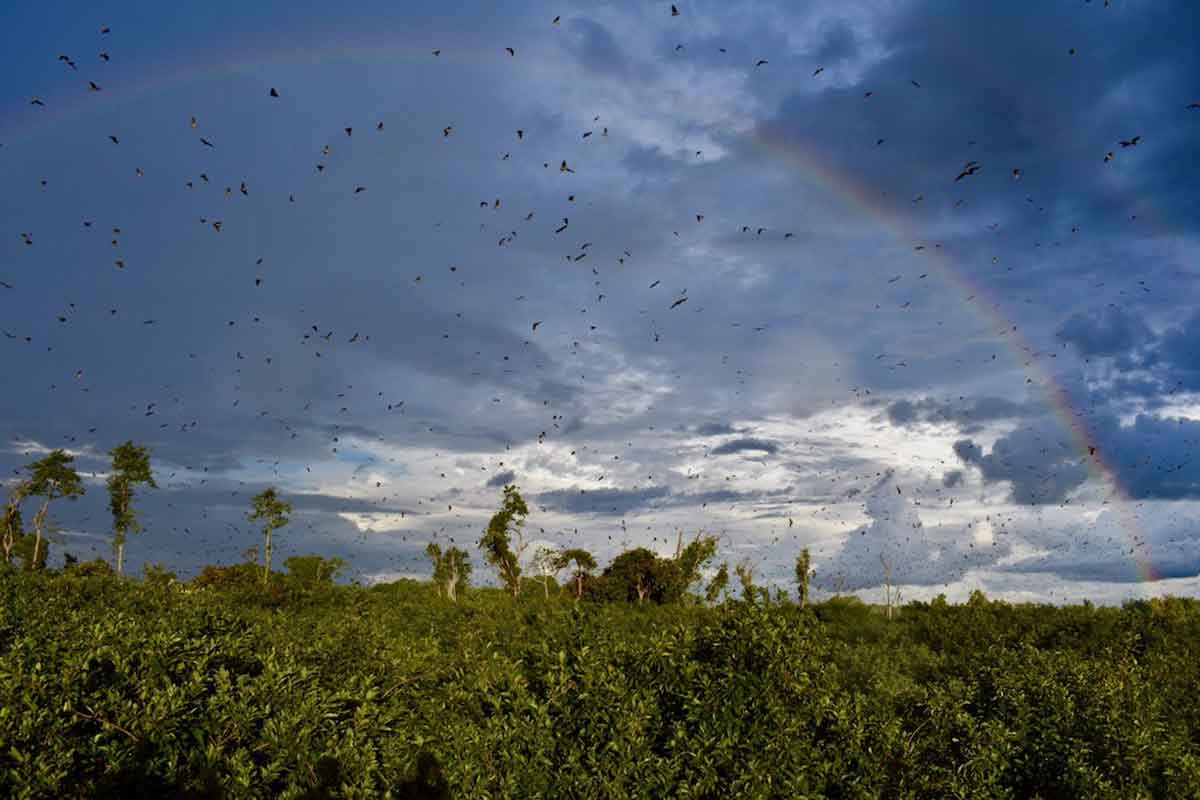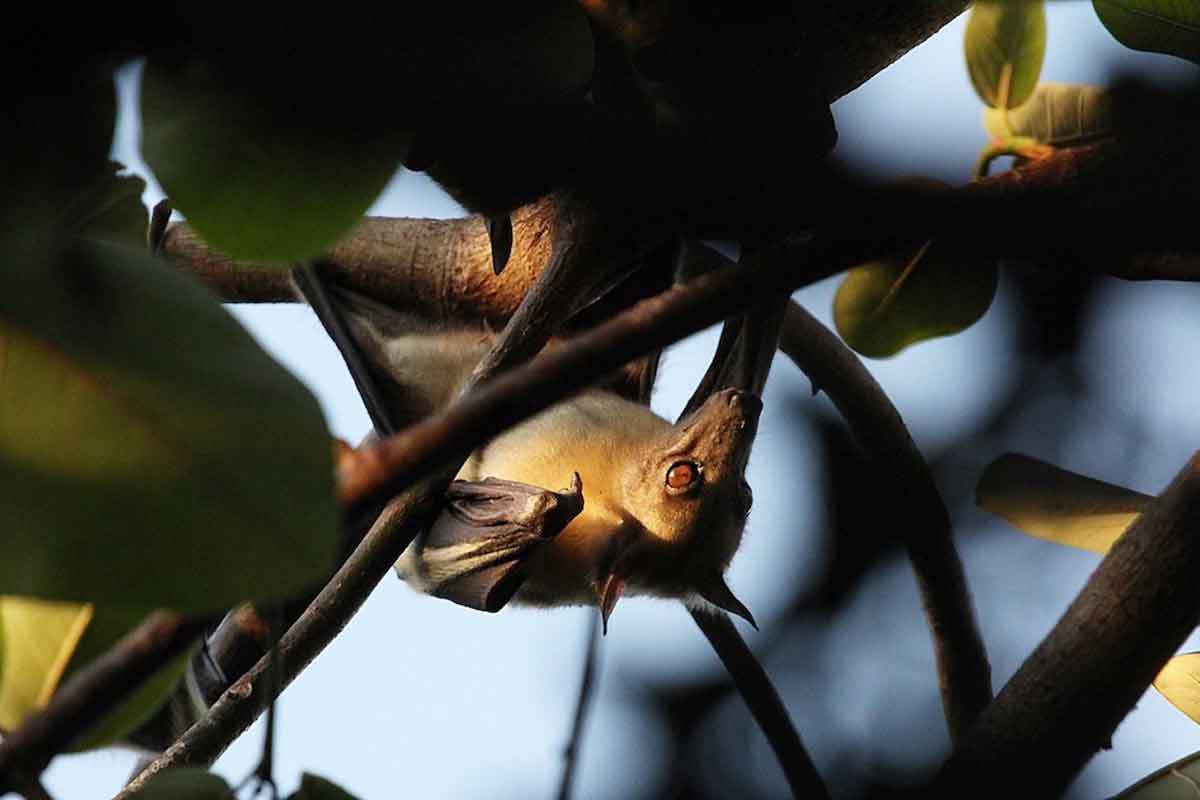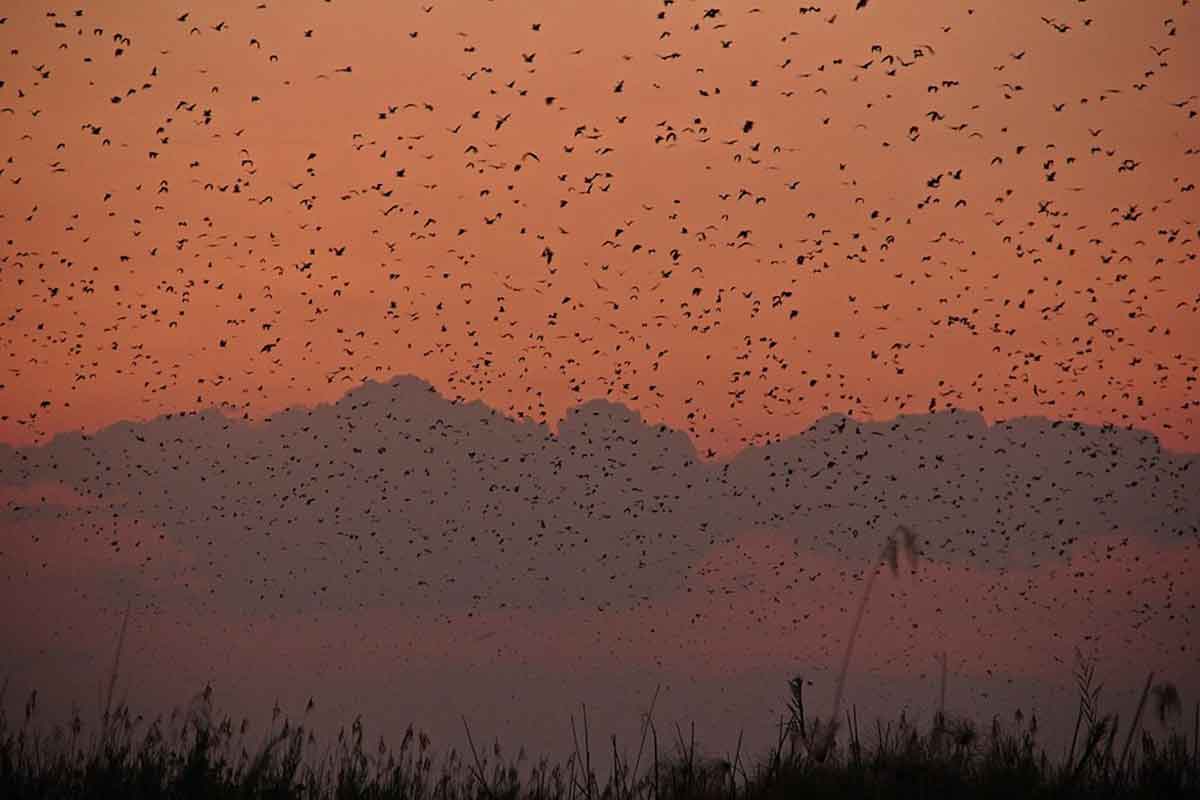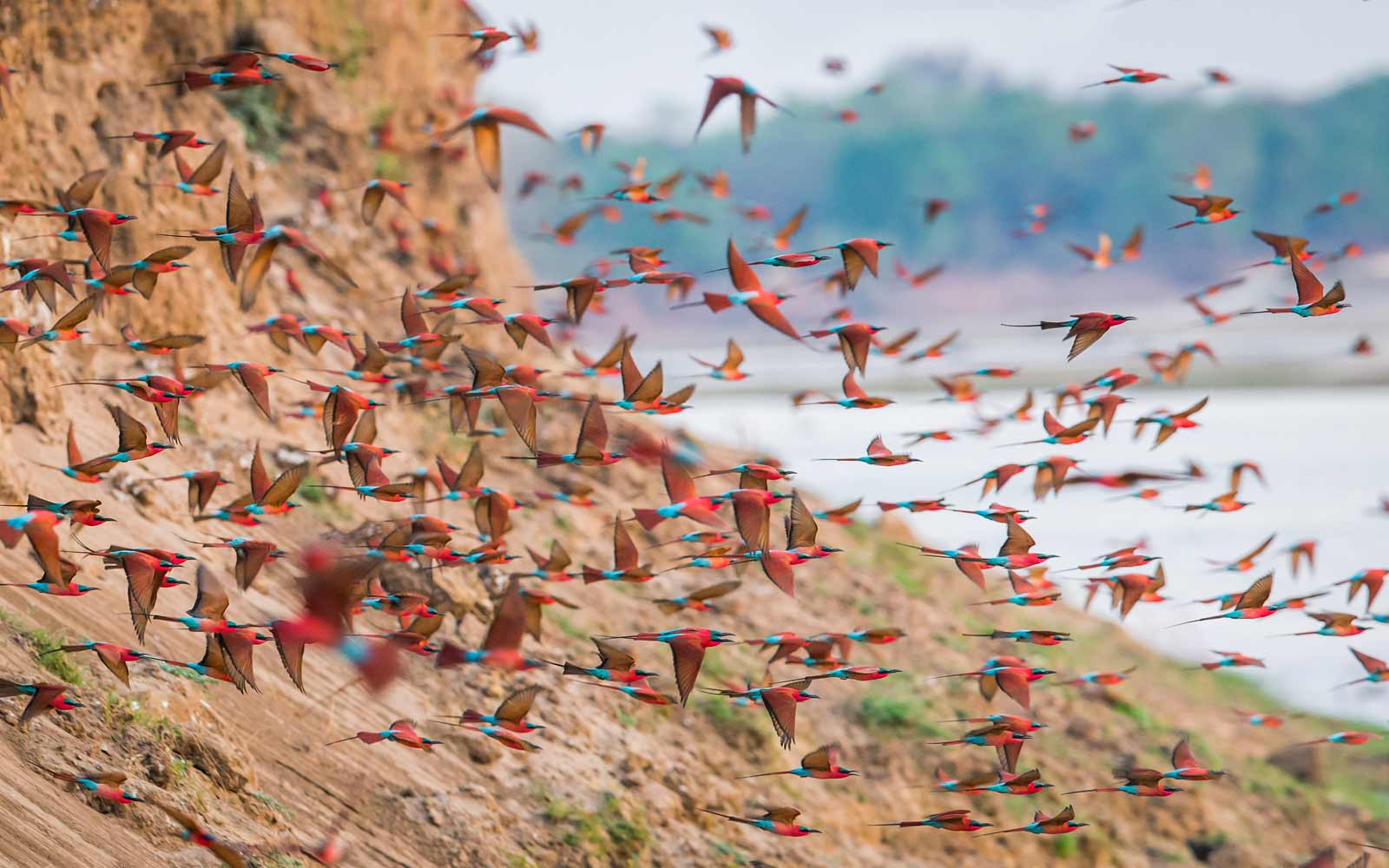
Wild & Rewarding Zambia
ZAMBIA SAFARIS
Zambia is home to one of Africa’s most pristine and unspoiled wildlife havens, boasting spectacular natural beauty. Zambia shares the thundering Victoria Falls with Zimbabwe and this side of the falls boasts magnificent views. Three impressive rivers are found here, the Zambezi, Kafue and Luangwa Rivers, a magnet for animals.
The safari areas are wild, less visited than others in Africa and incredibly rewarding. Game drives, walking safaris, canoeing safaris, photographic safaris and birding safaris combined with a very high standard of guiding makes for the best safari in Zambia.
Most visitors come between June and October, which is the traditional dryer season. This is when the land is dry and there is easier access to some camps. The low season runs from December through to March, also called the Emerald Season, a favourite for bird lovers, photographers and regular safari-goers. Expect clean air, striking contrasts and an impressive range of colourful birds.
Lusaka is the capital but Livingstone is often the gateway to the country. Zambia has a pleasant and mild climate, with more humid conditions found within the river valleys, while the far north on the shores of Lake Tanganyika is very tropical. There are an impressive 20 national parks, covering 30% of the land in Zambia. From Lusaka, you can fly by schedule or charter or helicopter to all the safari areas.
ZAMBIA SAFARIS – WHERE TO GO?
The most popular safari destinations in Zambia are South Luangwa and Lower Zambezi, with Kafue a vast wilderness accessible half the year. Head north to Kasanka for the annual bat migration, go to the wilds of Liuwa Plains or visit the remote North Luangwa.
South Luangwa National Park
Home to the walking safari in Zambia, South Luangwa National Park boasts an abundance of game, over 400 bird species and spectacular views. There are very few parks in Africa that have as high a density of animals which makes it one of the best game viewing areas in Africa. There is a particularly high density of leopards in this safari park with multiple sightings a regular occurrence. For fantastic big game viewing in Zambia, South Luangwa is our top choice.
Located in the Luangwa Valley, the Luangwa River is a defining feature of the park and the lifeblood of the South Luangwa, attracting game to its banks and oxbow lagoons. This is where you will find huge pods of snorting hippos jostling for space. Elephant, buffalo, crocodiles, kudu, eland and puku are some of the animals found here. Excellent predator sightings include lions, leopards, wild dogs and hyenas. Unique to the Luangwa are the Thornicroft’s giraffe, Cookson’s wildebeest and Crawshay’s zebra, which are found nowhere else.
South Luangwa is famous for its walking safaris, pioneered by Norman Carr in the 1960’s. A walking safari in South Luangwa is one of the most intense safari experiences, allowing you to get up close and personal to wildlife, in pristine wilderness.
The Emerald Season, from December through to March, offers one of the more unique and rewarding safaris in Africa. Summer migrant birds are around, to feast on an abundance of food and there is water everywhere which the aquatic birds love. It is during the Emerald season that boating safaris shine, as you cruise over flooded stretches of land, between trees, in search of the animals that are all still around.
There are numerous camps and lodges in the South Luangwa National Park, from riverside luxury to authentic bushcamp living. Access is from the Mfuwe Airport a short drive away. Enjoy a combination of a bushcamp with a lodge on the river with a range of safaris, creating a week long trip.
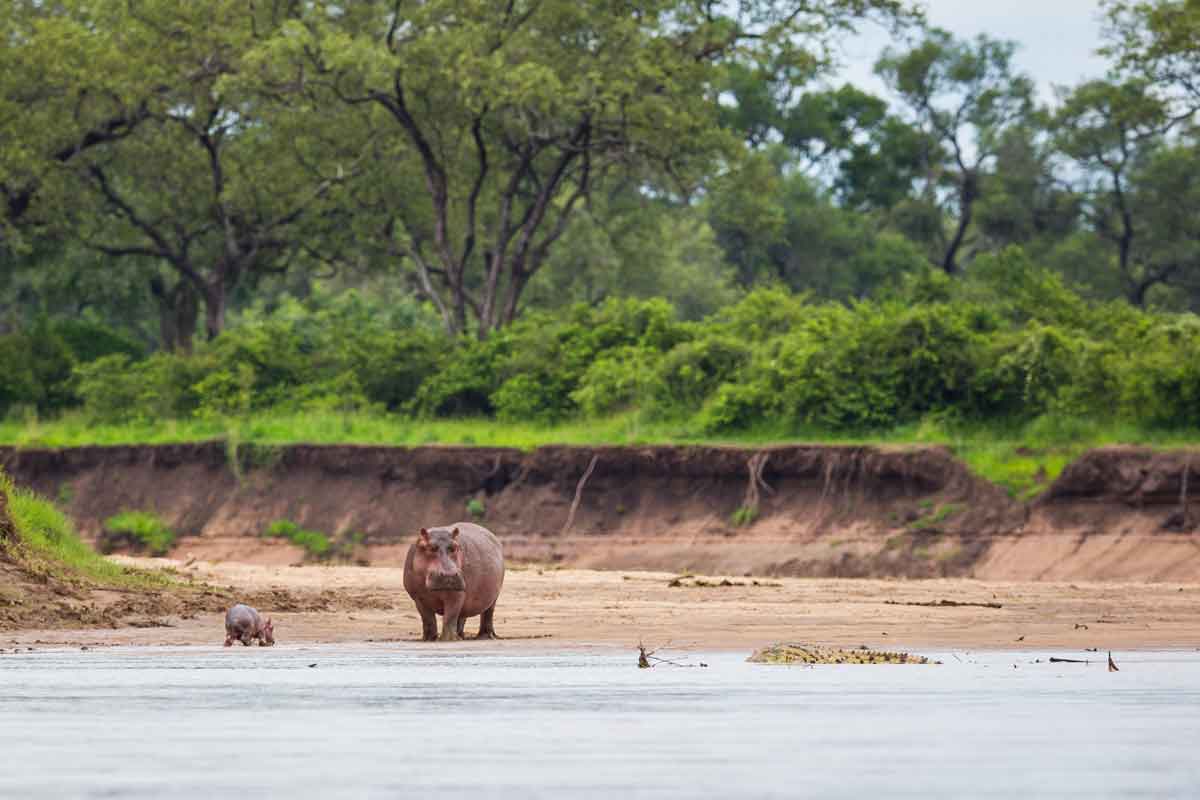
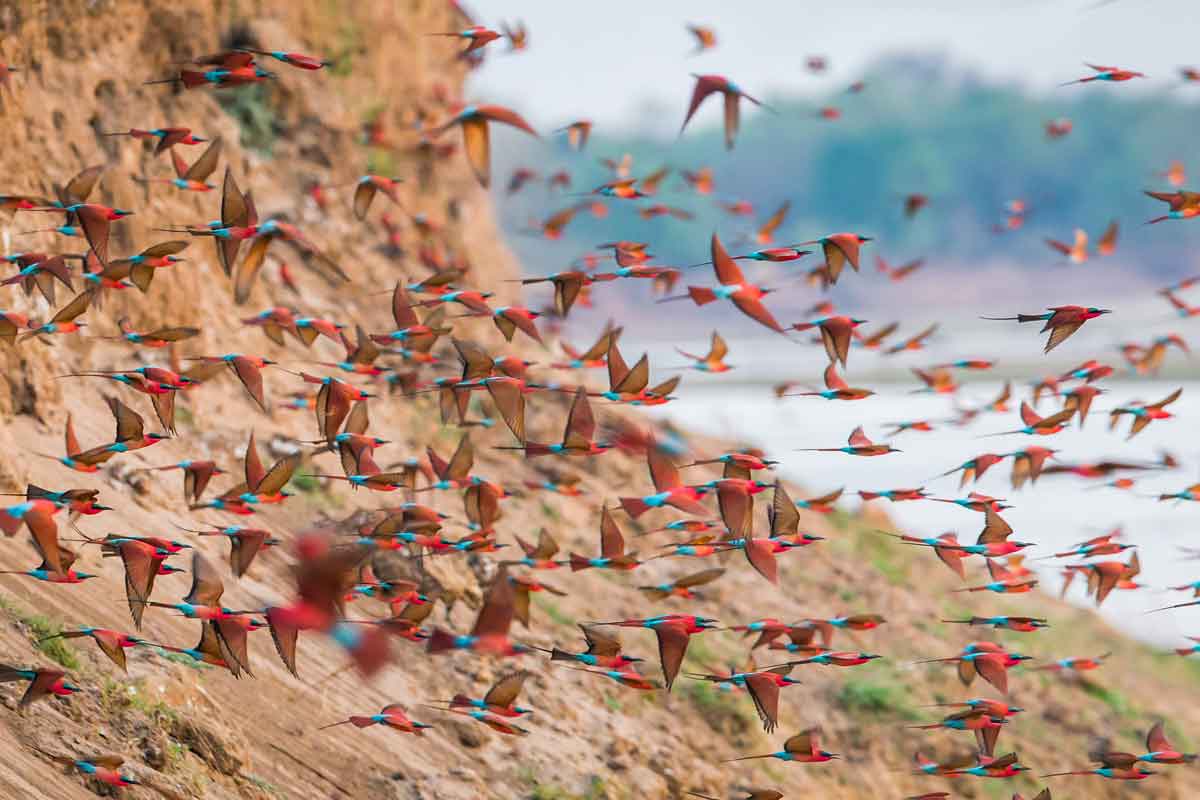
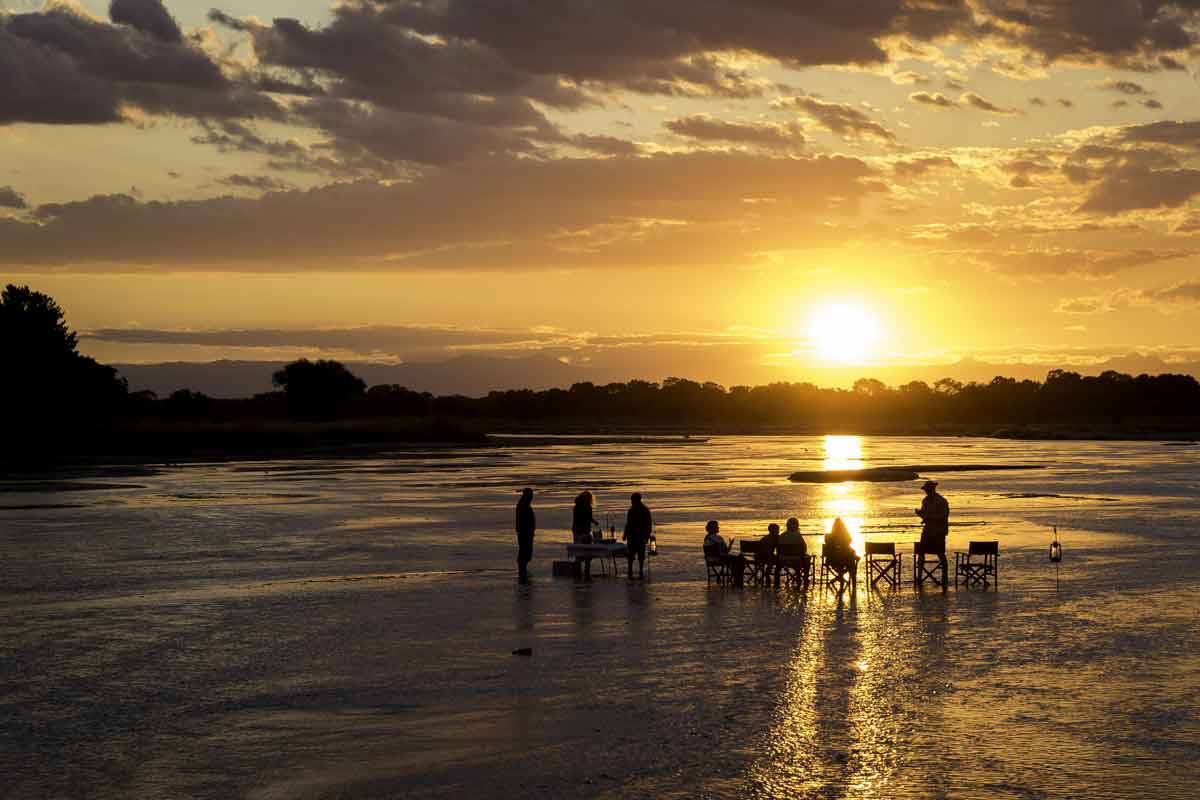
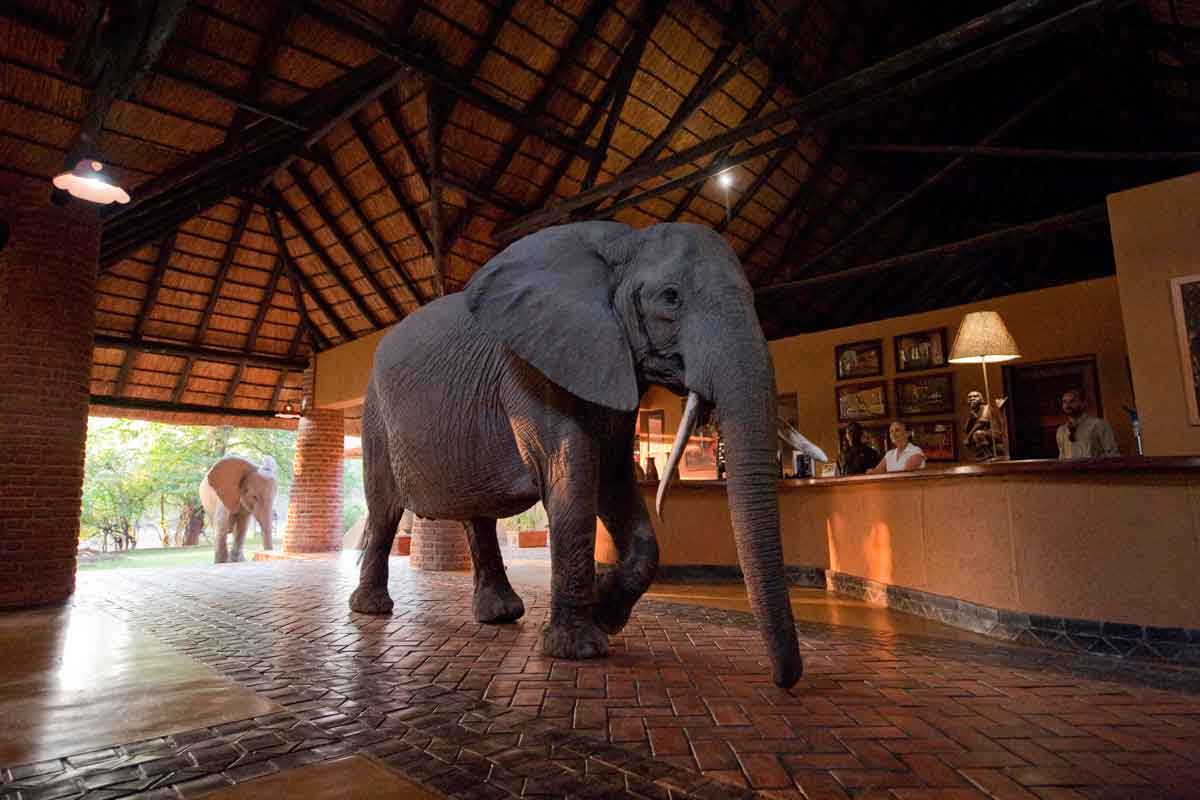
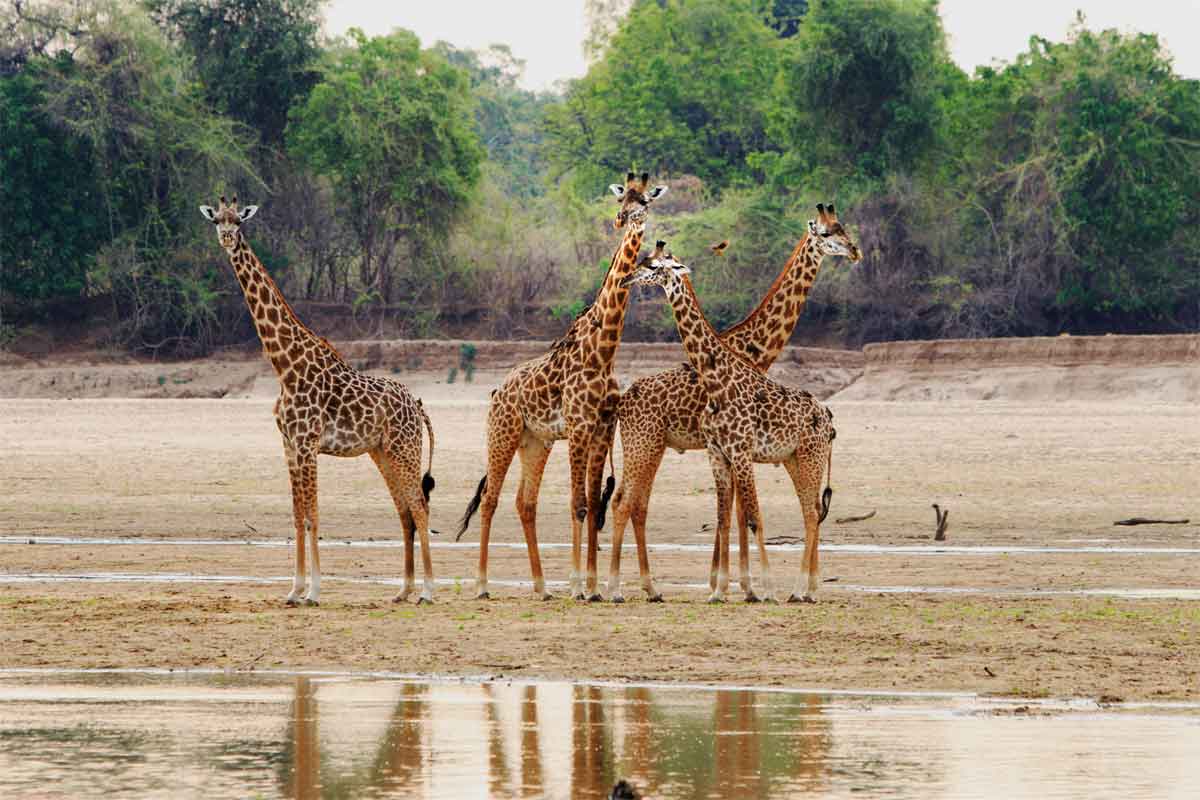
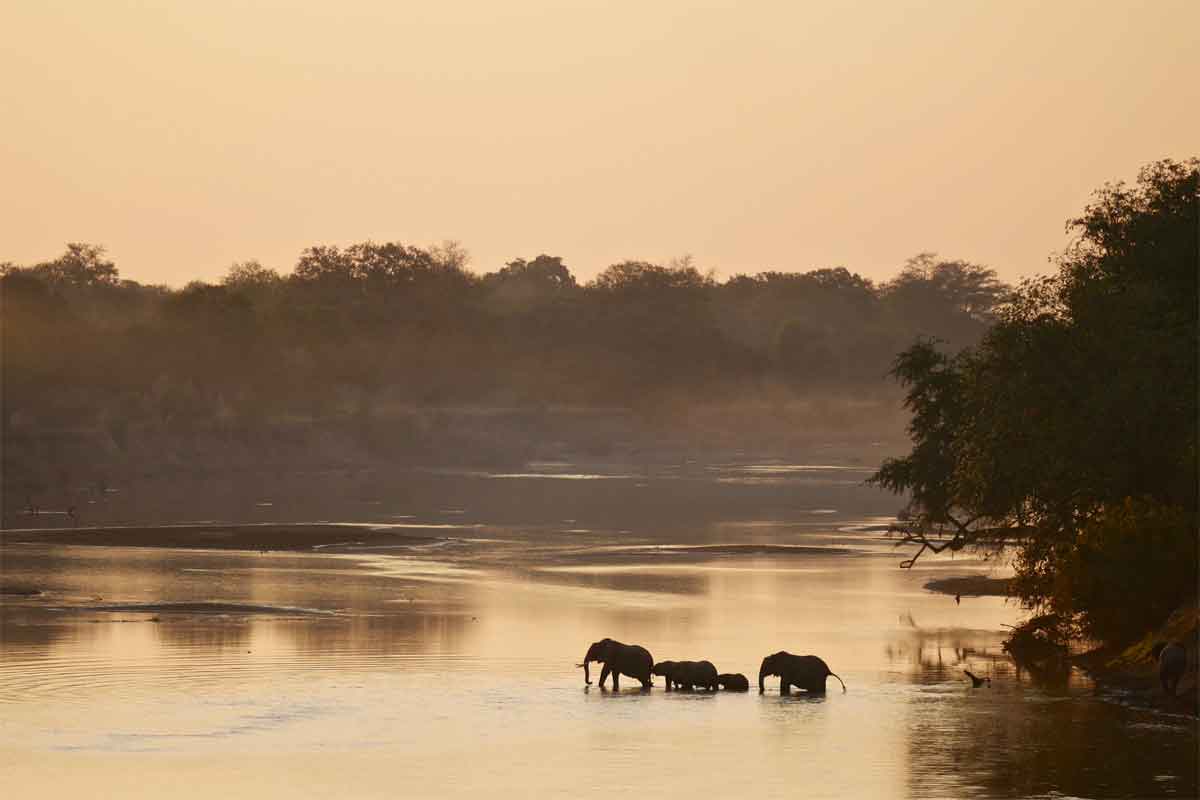
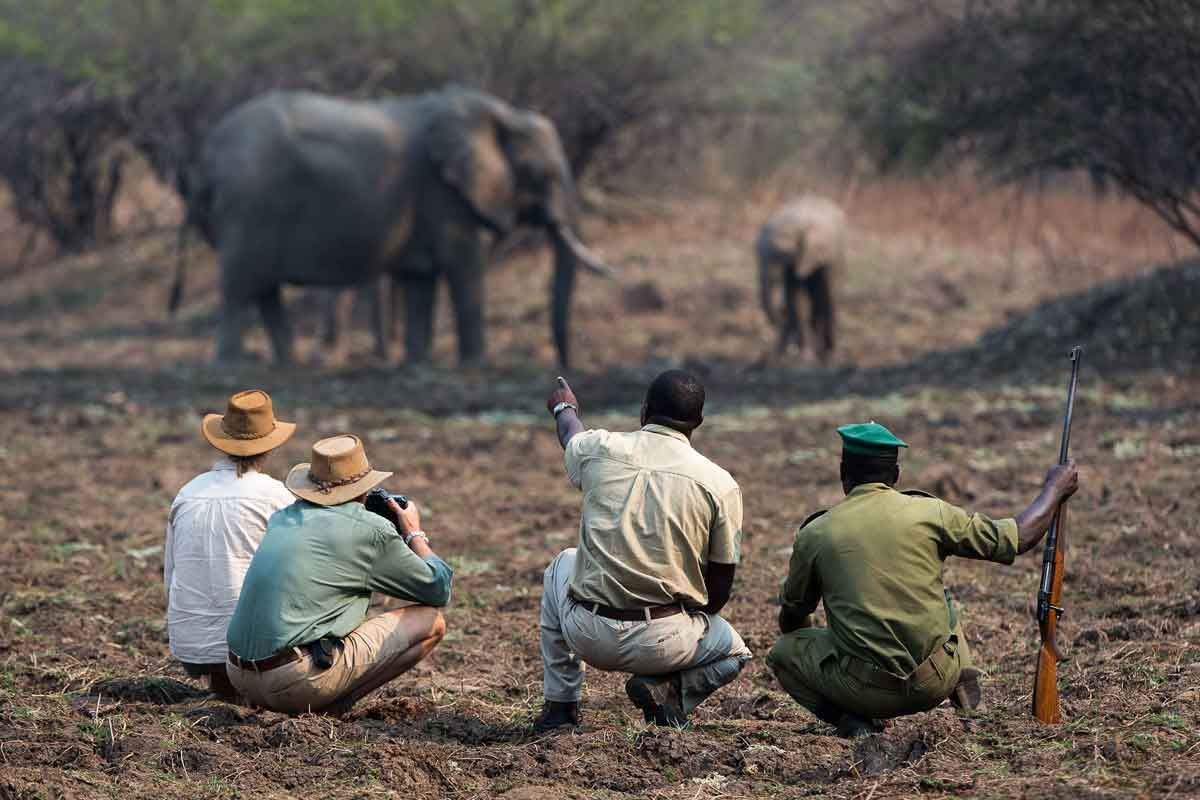
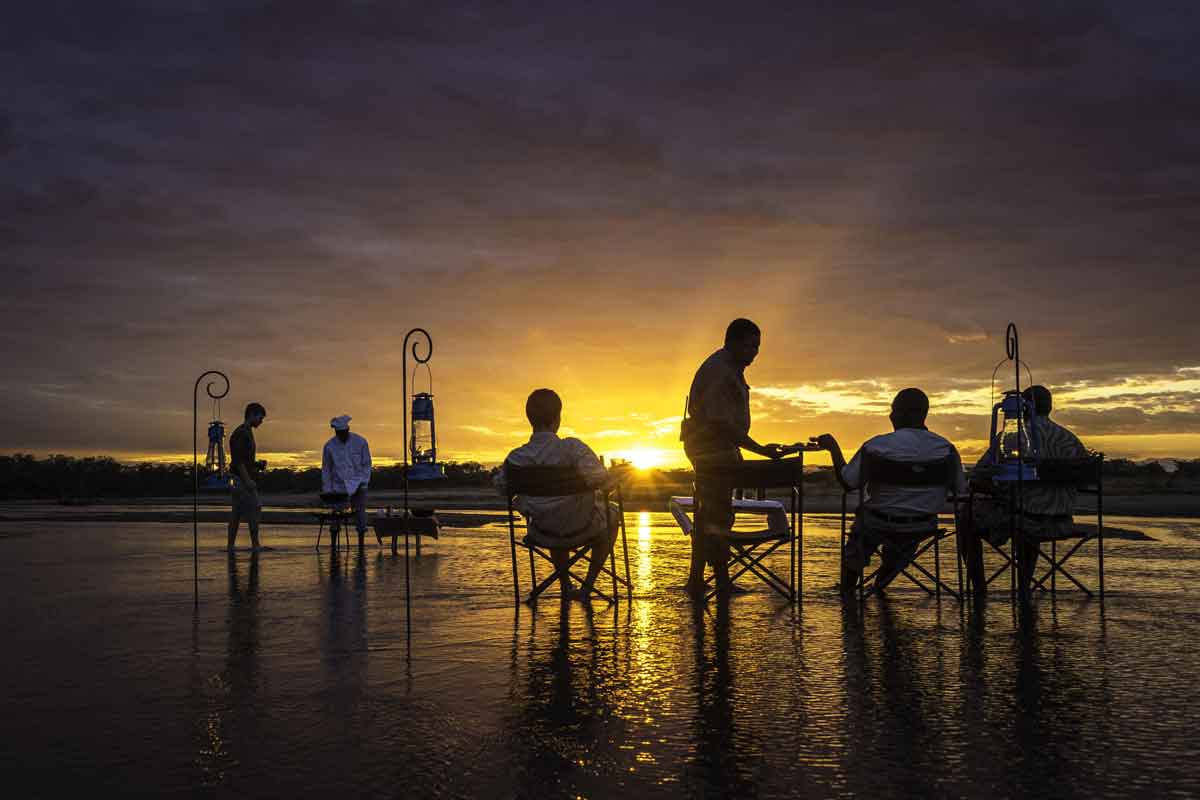
Lower Zambezi National Park
Enjoy impressive big game viewing and picturesque waters of the Zambezi River on your Lower Zambezi safari. The Zambezi River, its lagoons and many tributaries support the diversity of wildlife found in the area and is where you will find most of the animals. The river forms the border to Zimbabwe and you could see enormous herds of elephants crossing regularly. Expect superb lion, leopard and hyena sightings, along with large herds of buffalo and other plains game.
Enjoy a canoe safari in the Lower Zambezi, as a tranquil and unique way to game watch. This way you can also see wildlife on both sides of the river. Lovers of birds will enjoy this experience and gain a different view of the water birds. Boat cruises and fishing trips in search of tigerfish, along with game drives, night drives and walks makes the Lower Zambezi worth a visit on your Zambia Safari.
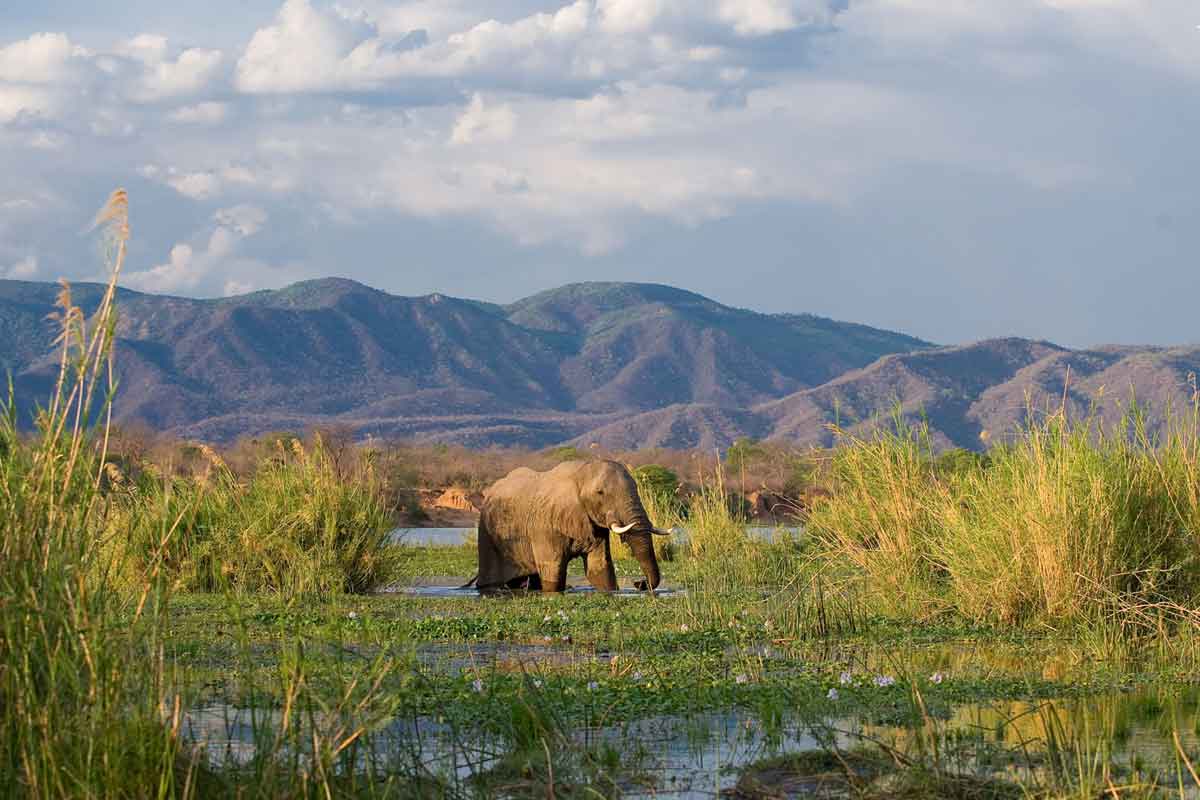
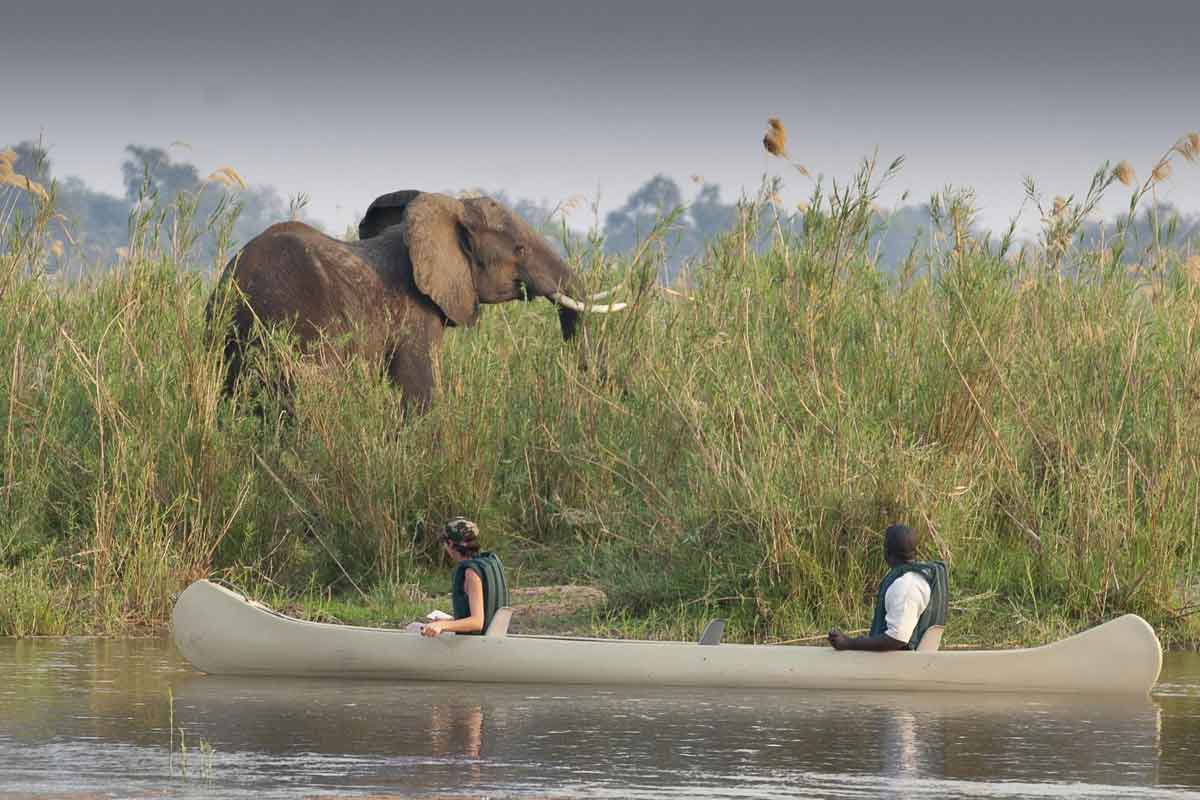
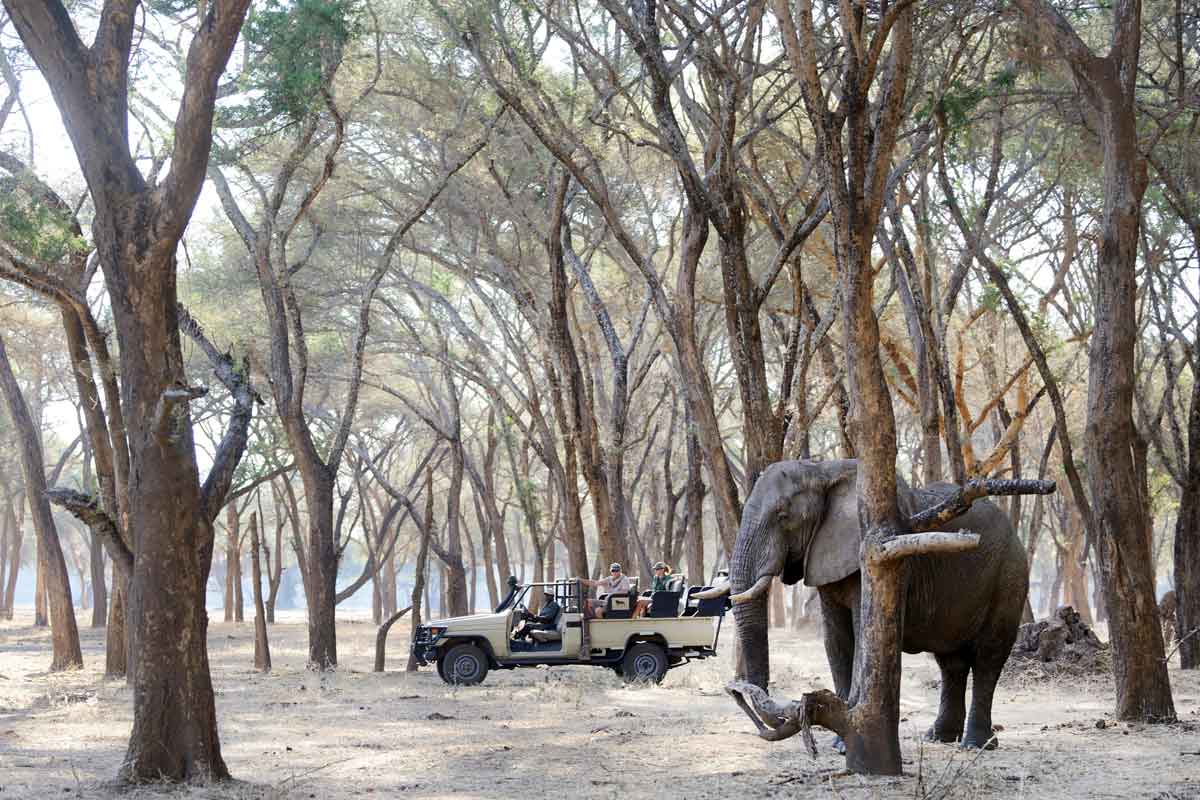
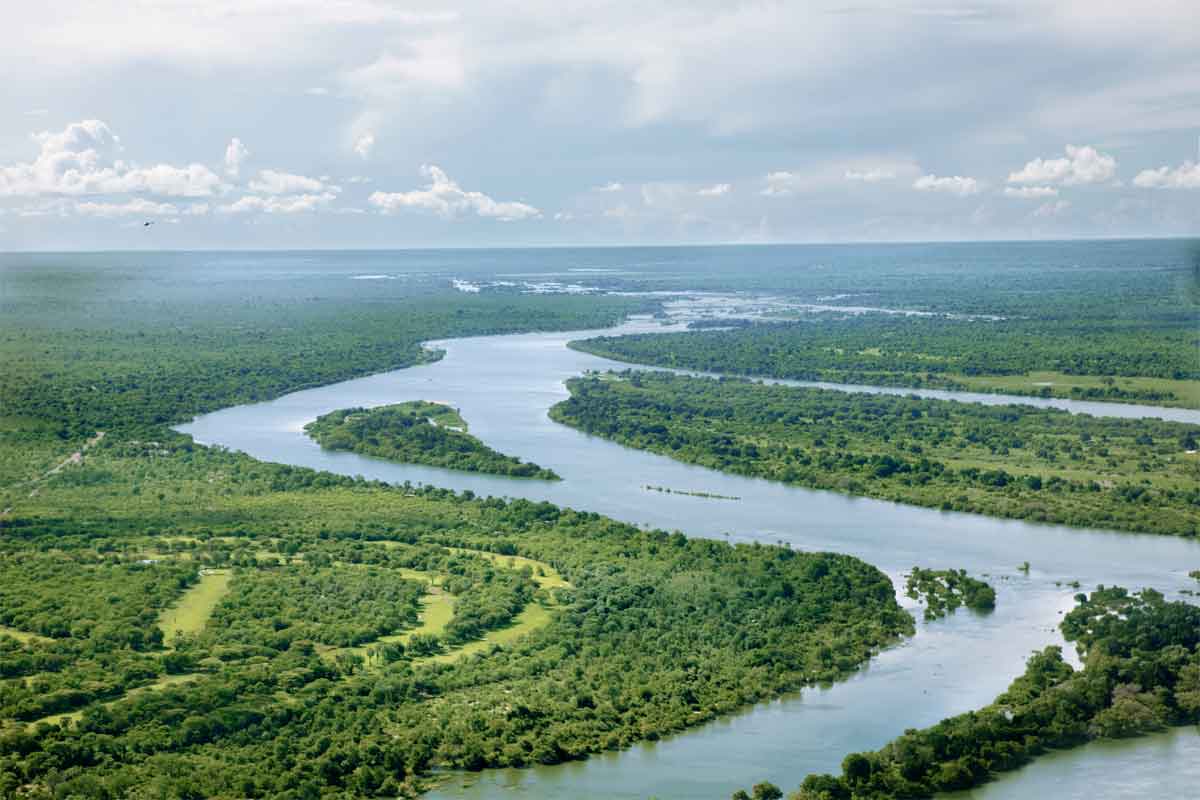
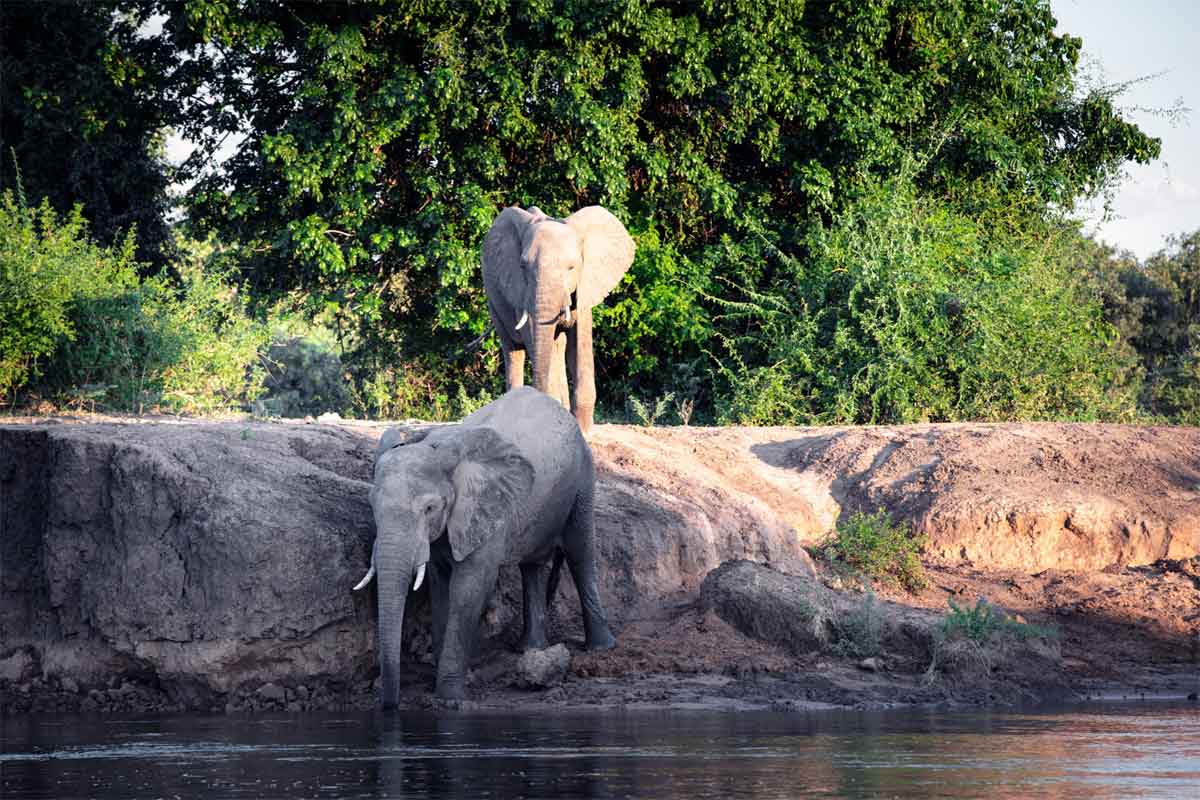
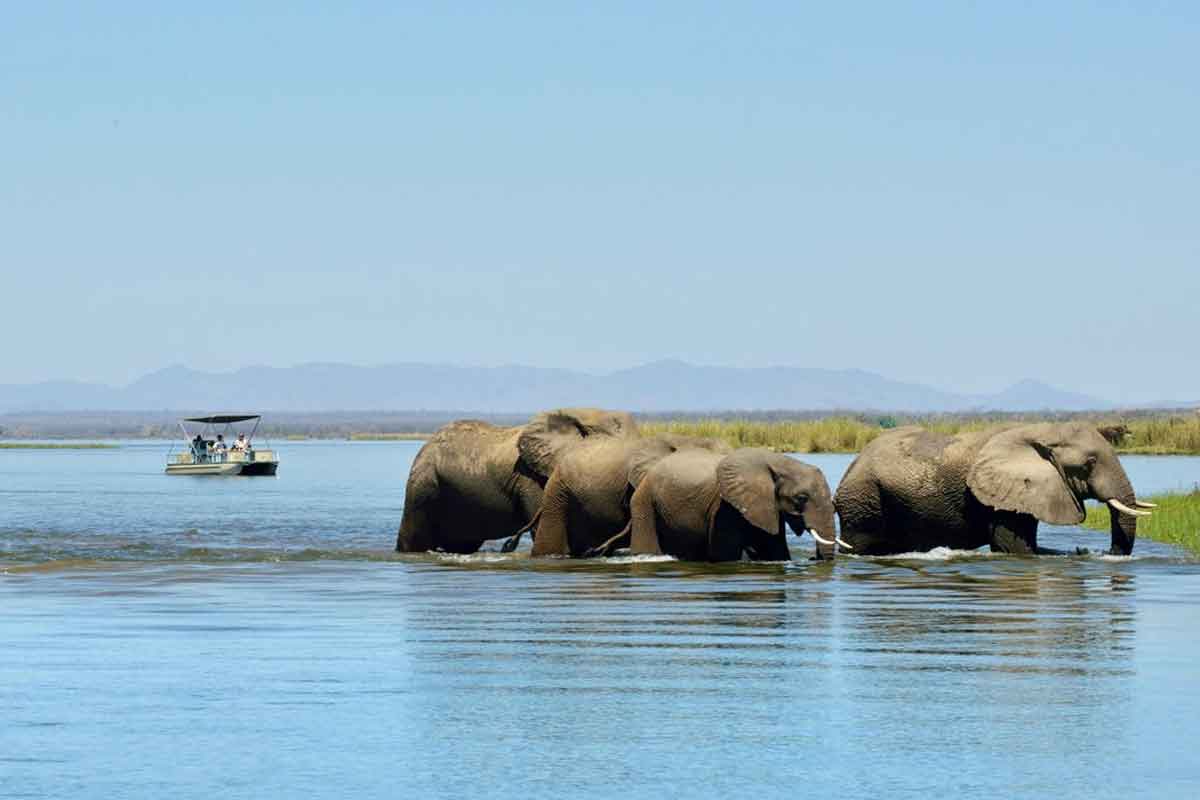
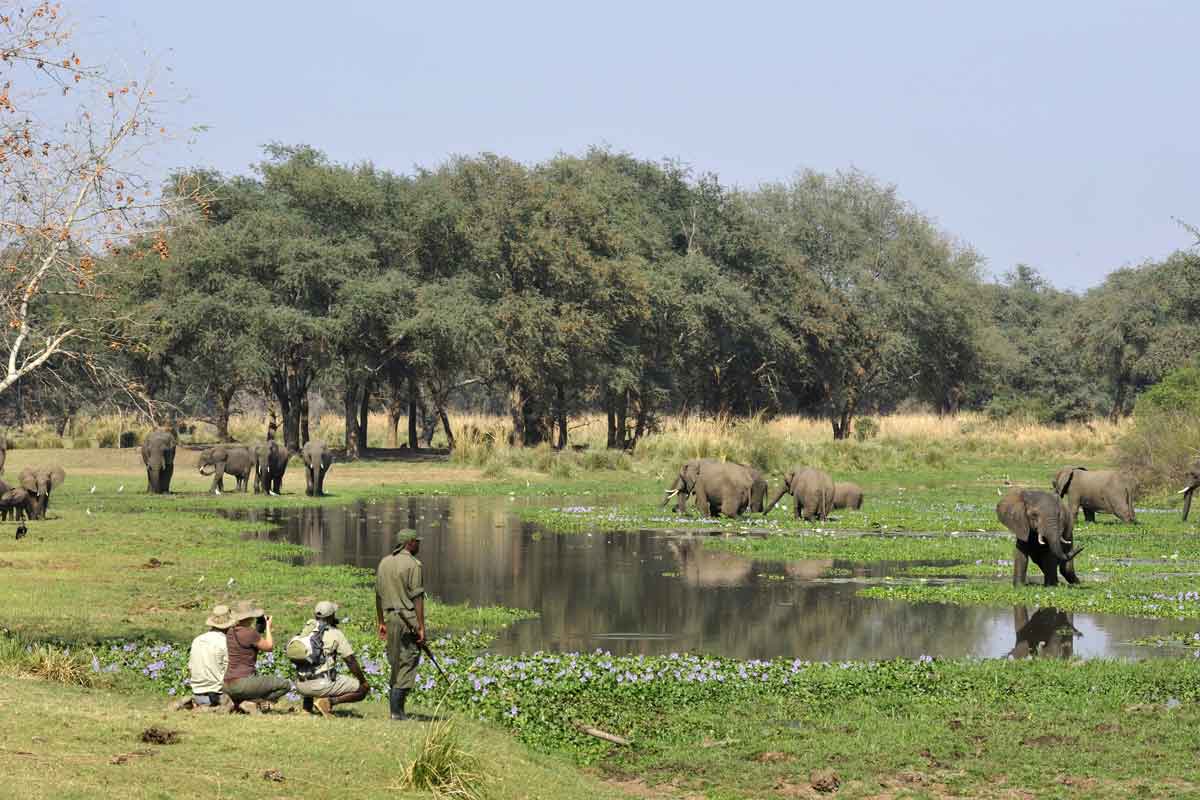
Kafue National Park
Kafue is wild and remote, with plenty of predators. Less developed than South Luangwa or Lower Zambezi, Kafue National Park is the second largest wildlife sanctuary in the world and Zambia’s oldest national park. Offering excellent birdwatching, game viewing and fishing, Kafue boasts over 500 species of birds. The Busanga Plains is a significant wetland resource, a massive area of land in the north of Kafue.
The rainy season floods this area, leaving a lush carpet of vegetation as it dries out. This is the best part of Kafue for game viewing, with excellent lion pride sightings, hundreds of red lechwe, puku and rare antelope like the Roan and Sable. Wilderness Safaris runs 2 luxury safari camps, Busanga Bush Camp and Shumba Camp. Both are only open from June through to October when the land is passable.
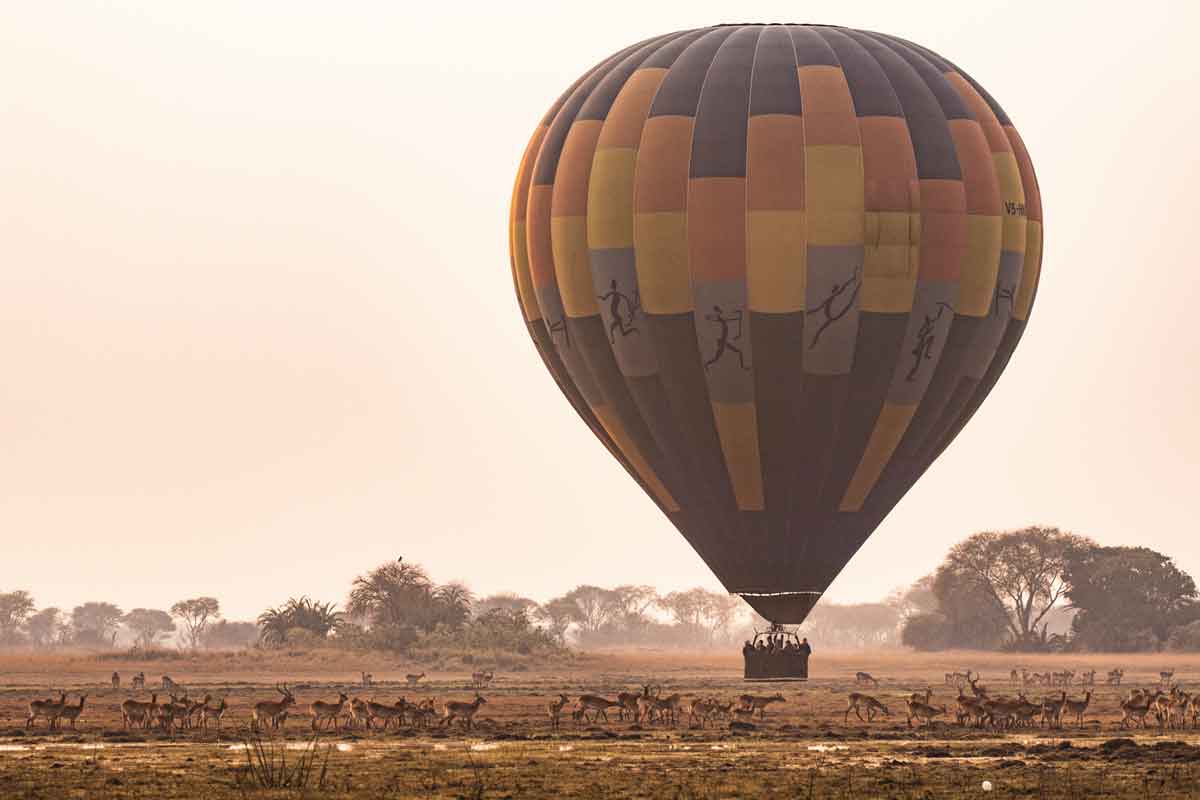
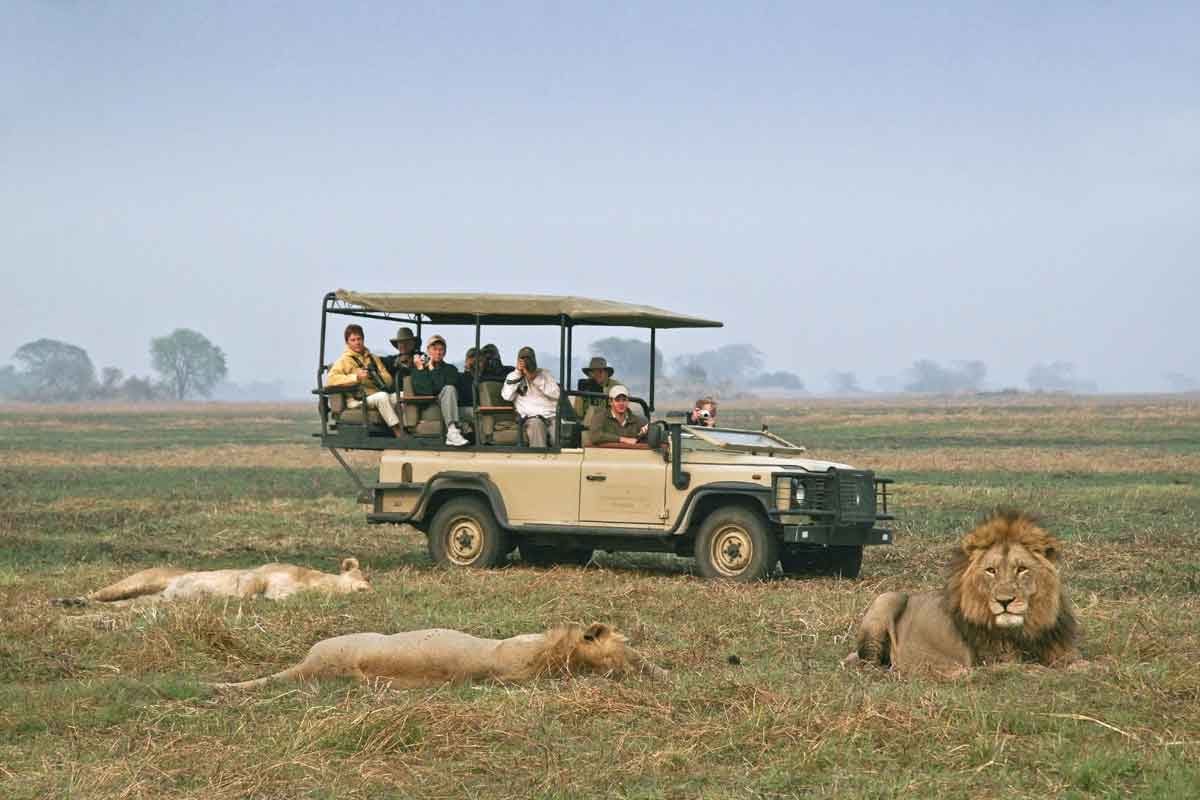
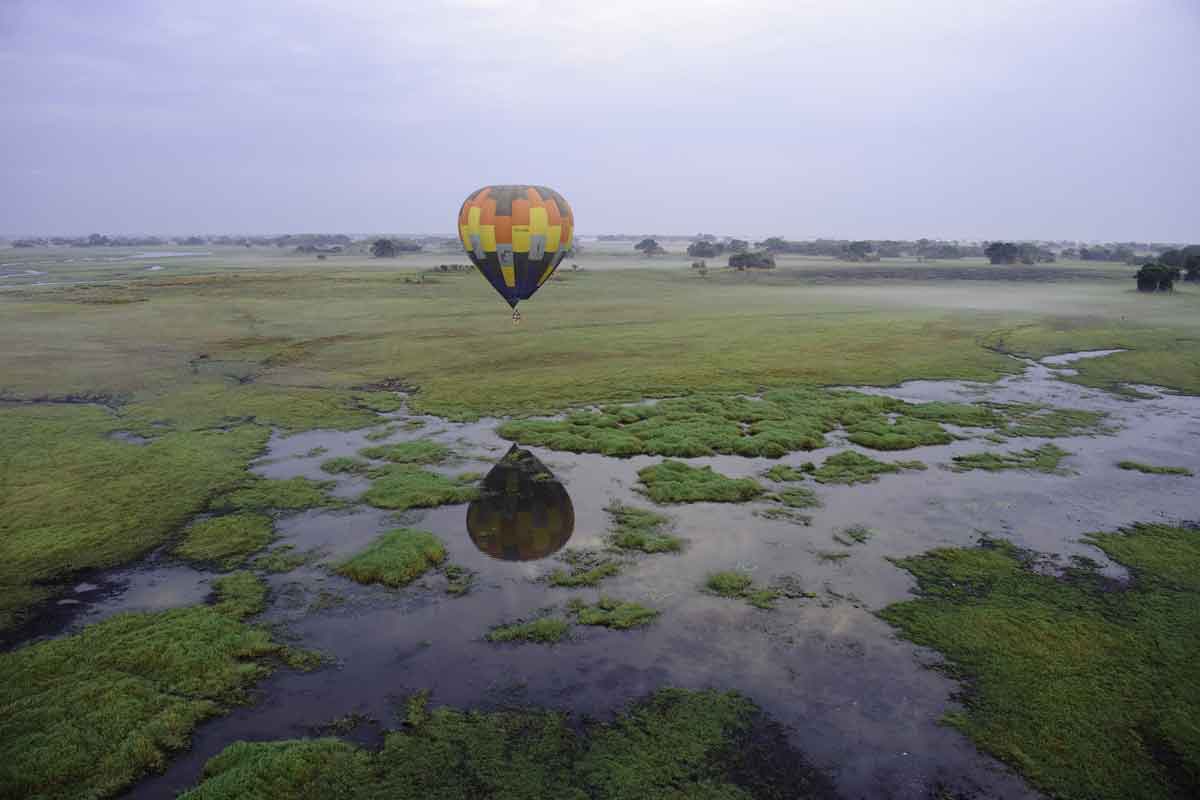
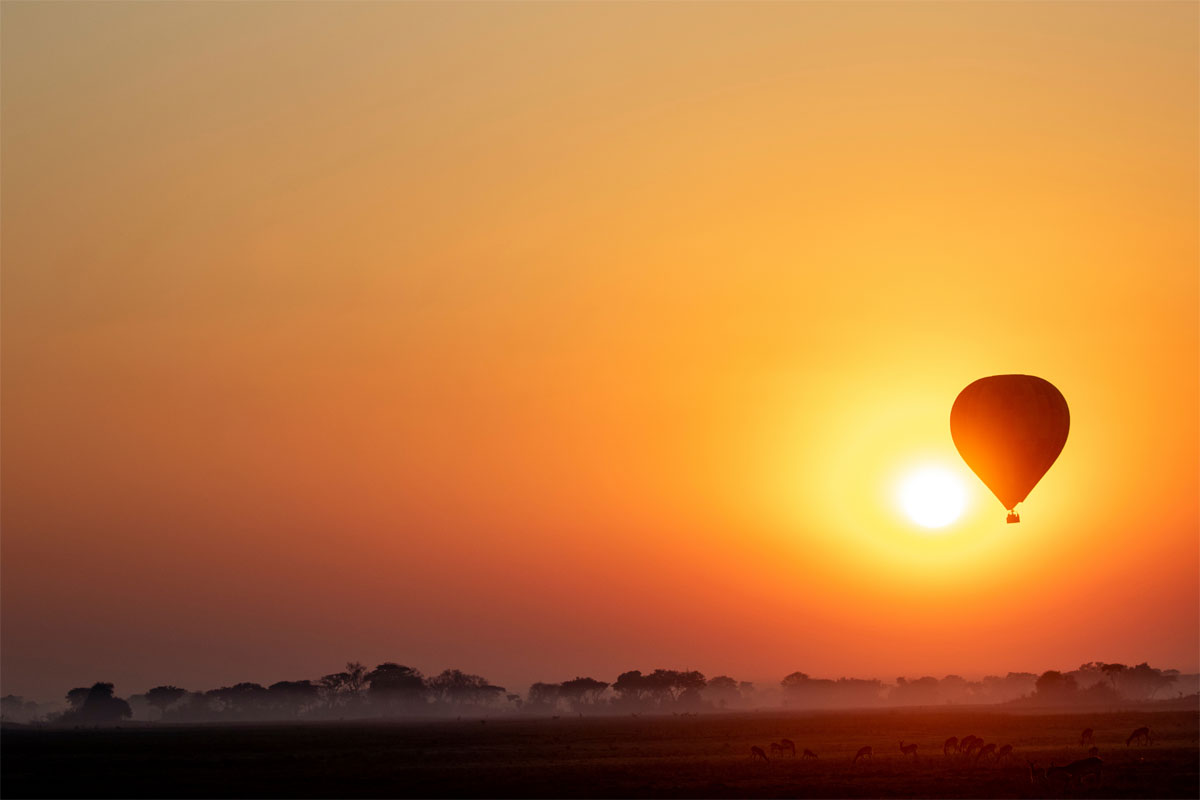
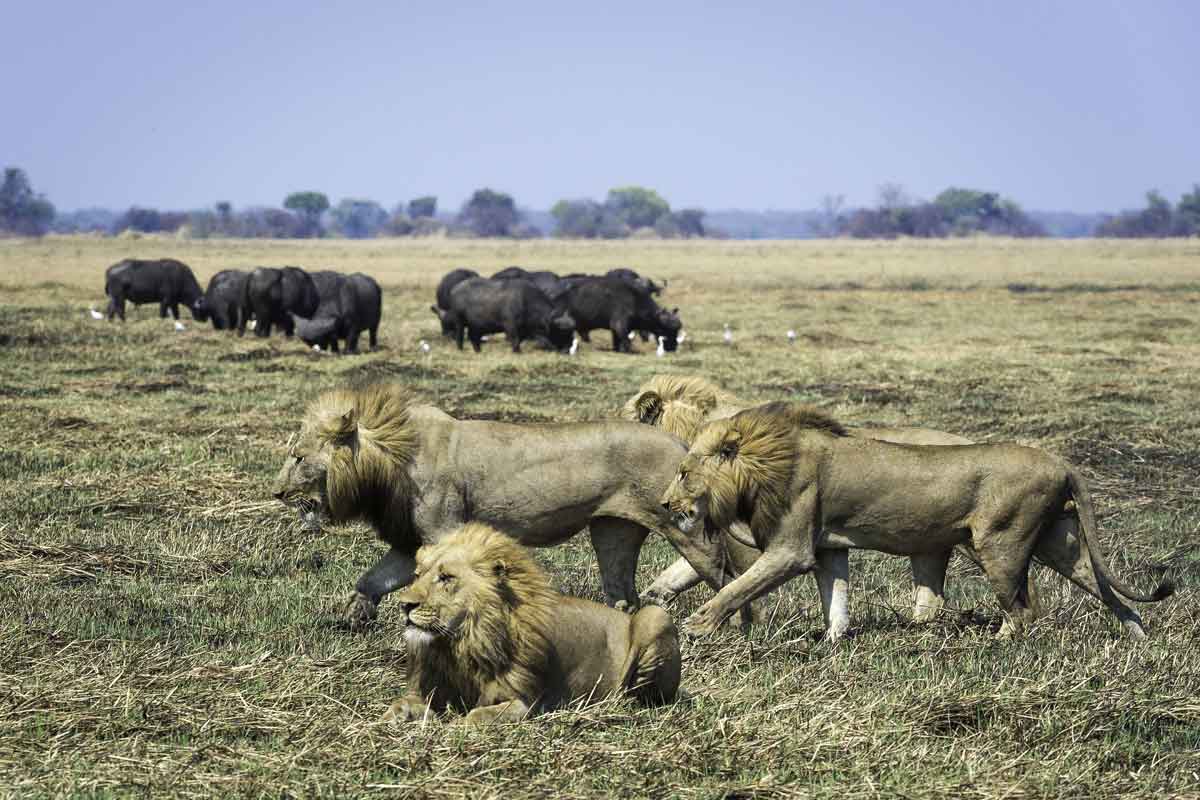
North Luangwa National Park
Far off the beaten track is the North Luangwa National Park. With just a few bush camps, this area focuses almost entirely on walking safaris and is for serious safari addicts who want to experience the wildest Africa.
The park cannot be accessed for half the year, so only from June when the terrain starts to dry out.
The beautiful Mwaleshi River flows in this area and it is along its banks you will find the few simple camps of the area. Exceptional and well-qualified guides take you on the daily walks through the North Luangwa. There are also a few tracks now for game drives and if the river is low enough to cross, explorations can take place further afield. One of the better camps is the Mwaleshi Camp, which focuses on walking, although game drives are available.
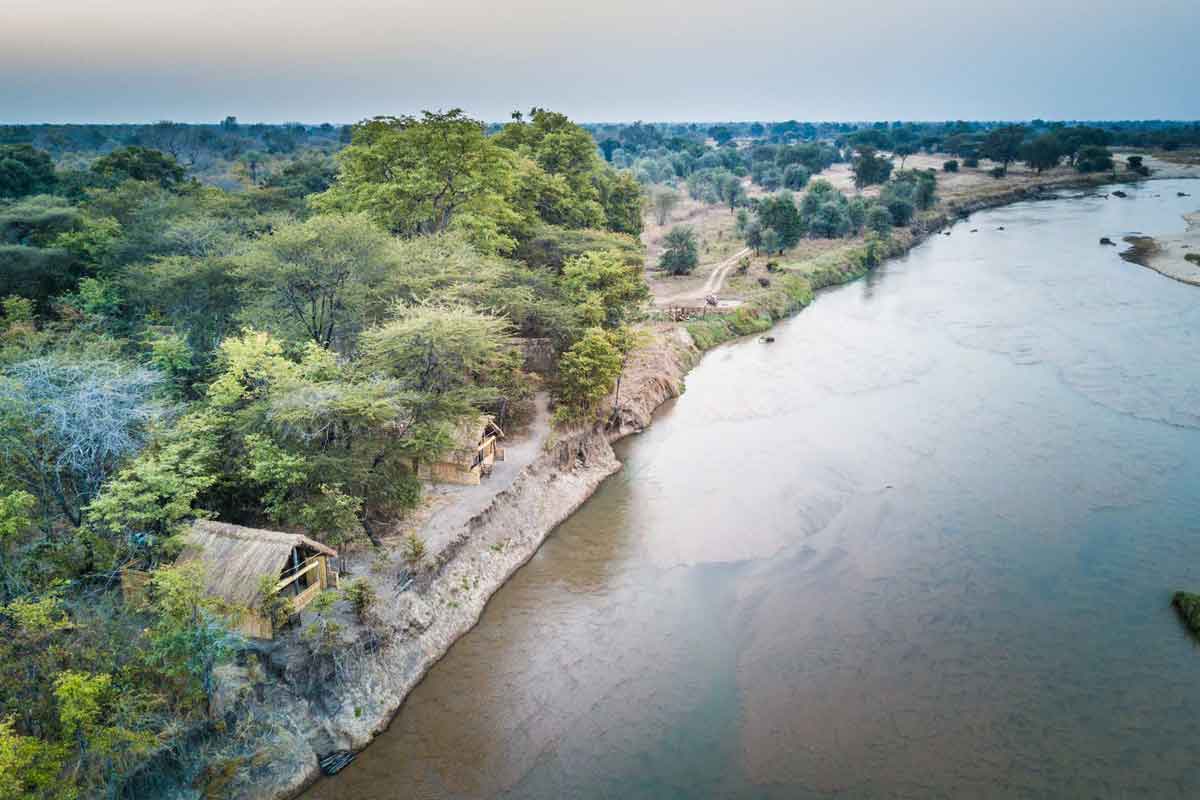
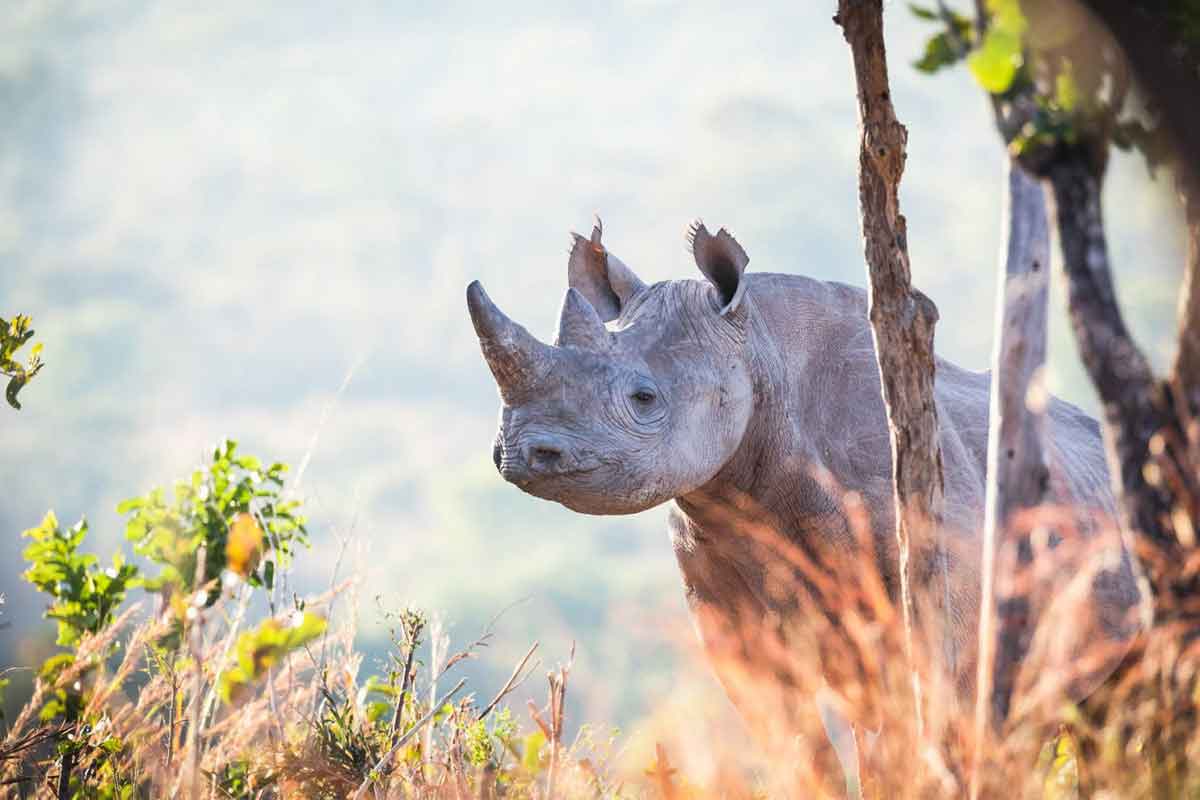
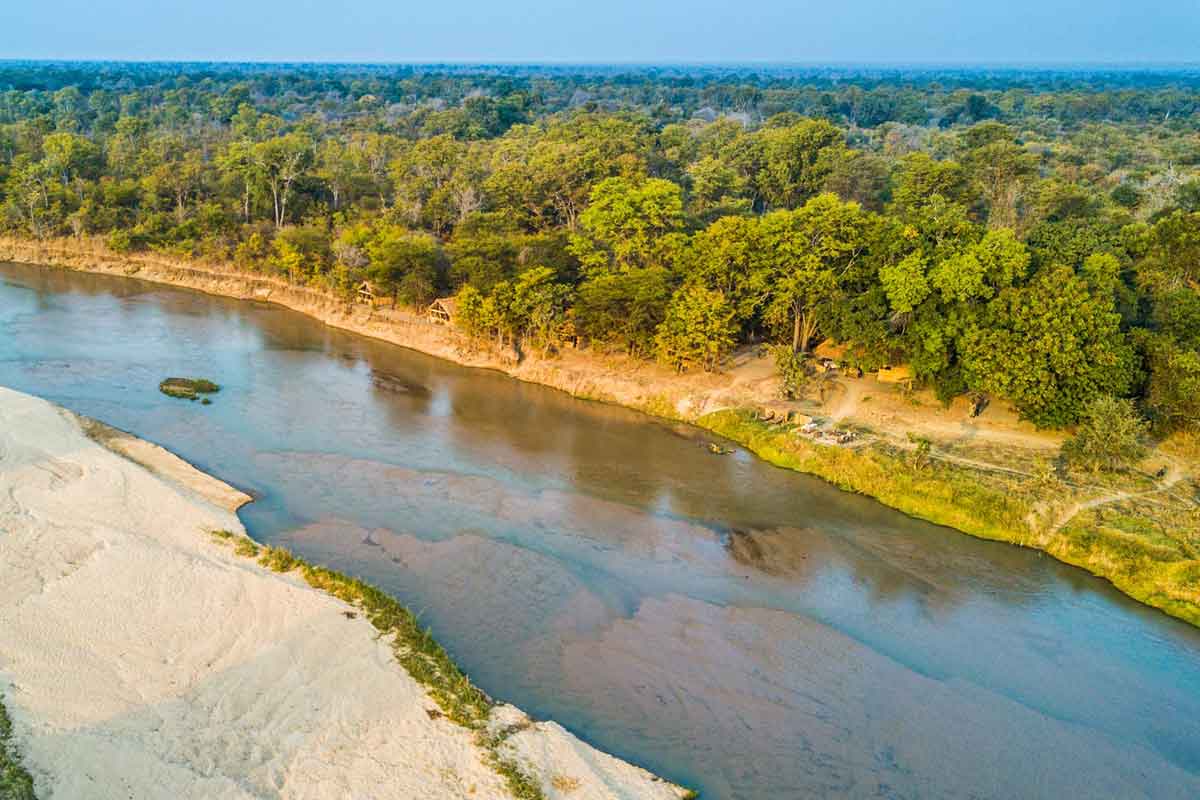
Livingstone
Zambia Safaris often start or end in Livingstone so you get to see the Victoria Falls, take a sunset cruise on the Upper Zambezi, white water raft and much more. The hotels and safari lodges in Livingstone tend to be strung out along the river, providing a tranquil environment from where to explore Victoria Falls. The narrow Mosi-oa-Tunya National Park runs along the Zambezi River, created to provide a safe corridor for animals crossing the river. Expect to see elephants, giraffes, buffalo, zebras and more.
During low water from about December to February, you can take a daring swim from Livingstone Island to Devils’ Pool, right to the edge of the cliff. Once the capital of Zambia, Livingstone’s main road is lined with colonial British architecture. Livingstone Airport attracts international airlines like Kenya Airways who fly daily to Cape Town from Nairobi, alternatively stopping in Livingstone or Victoria Falls.
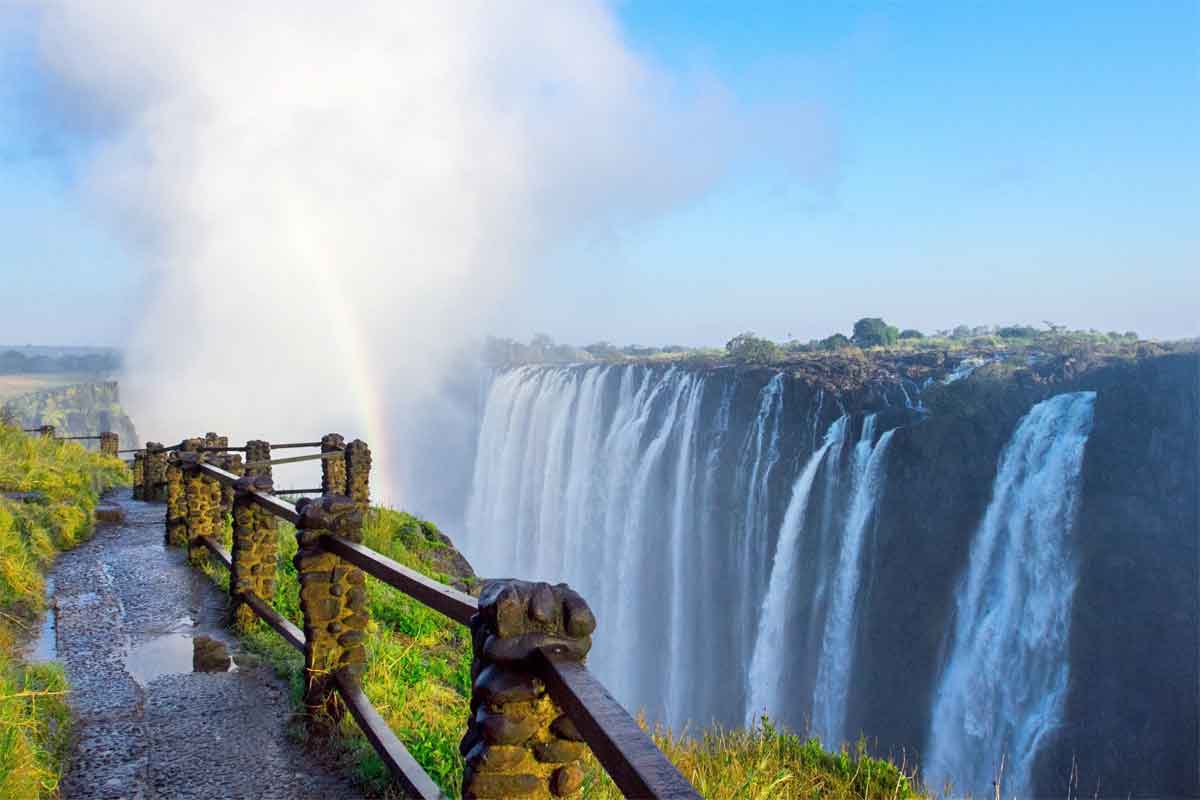
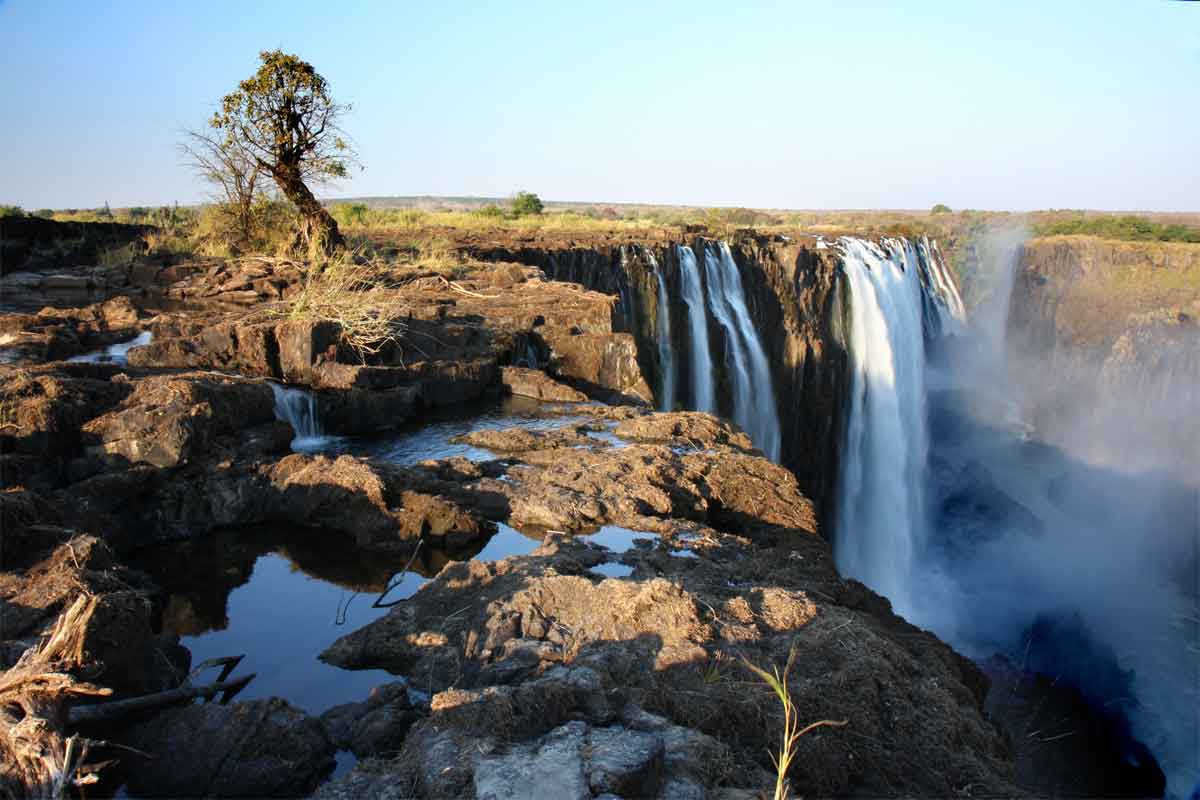
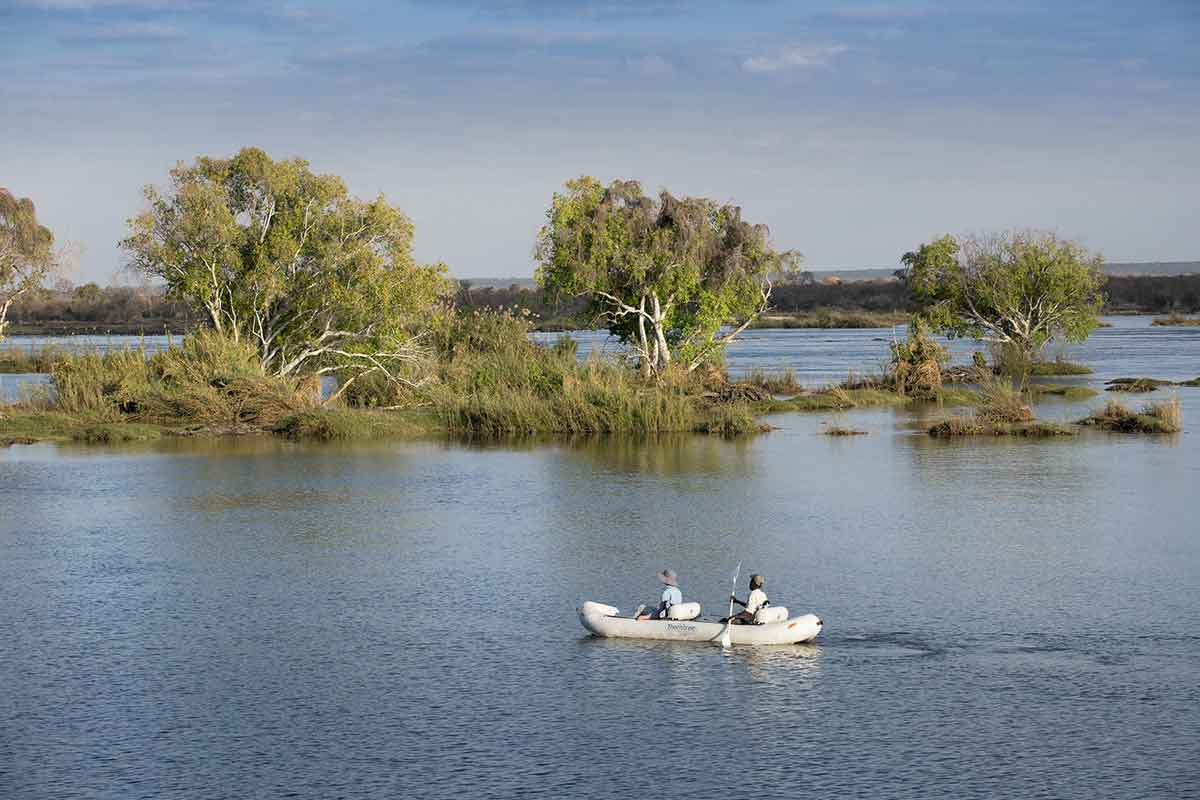
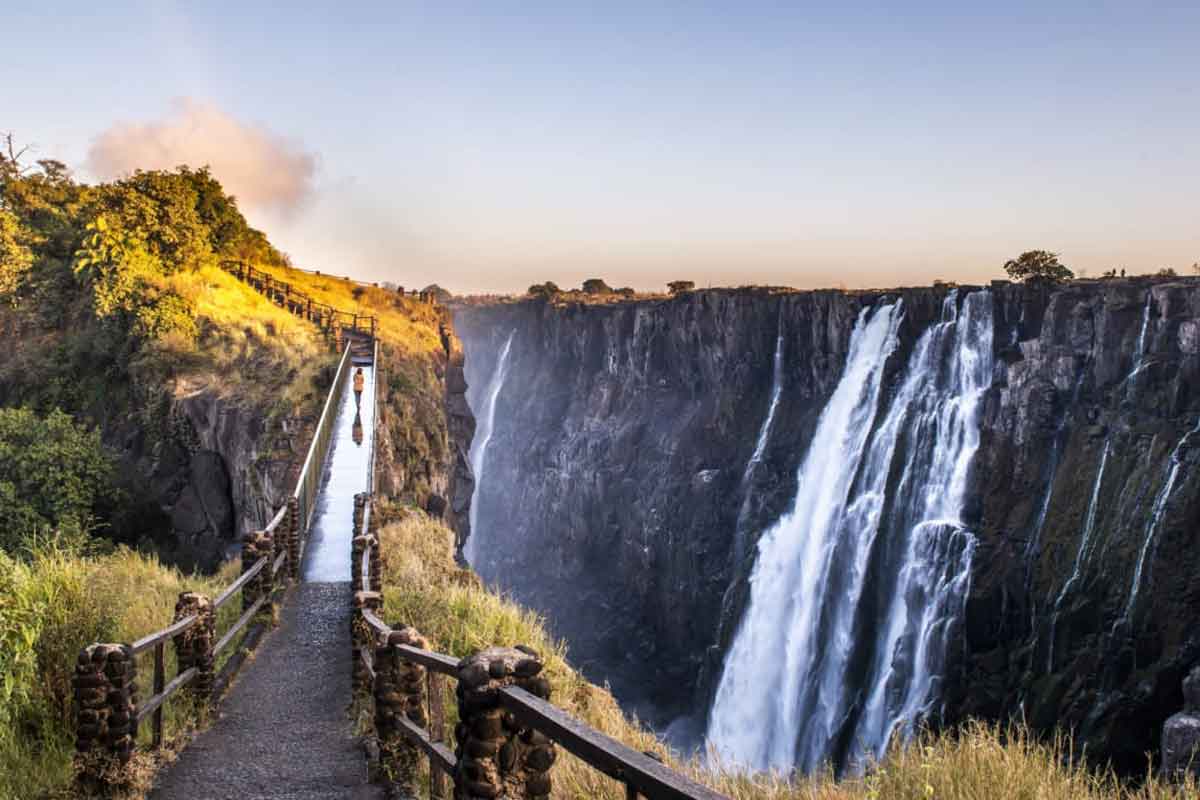
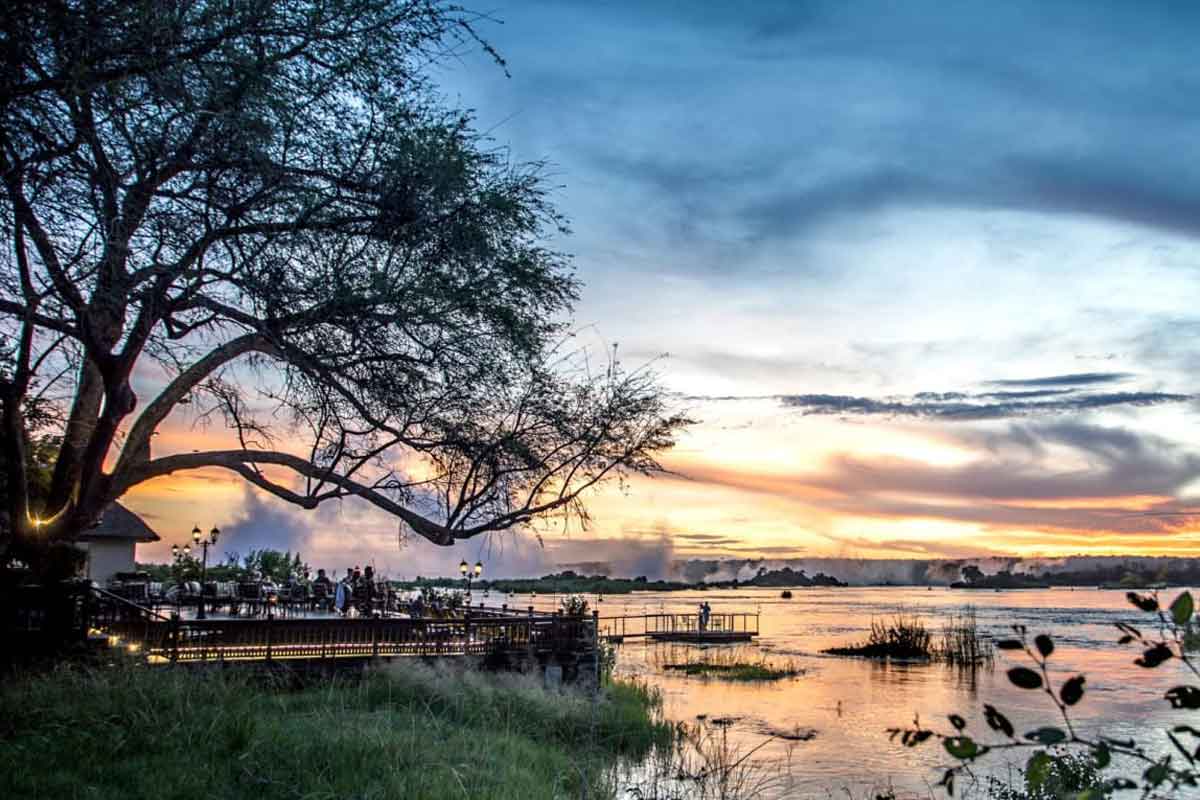
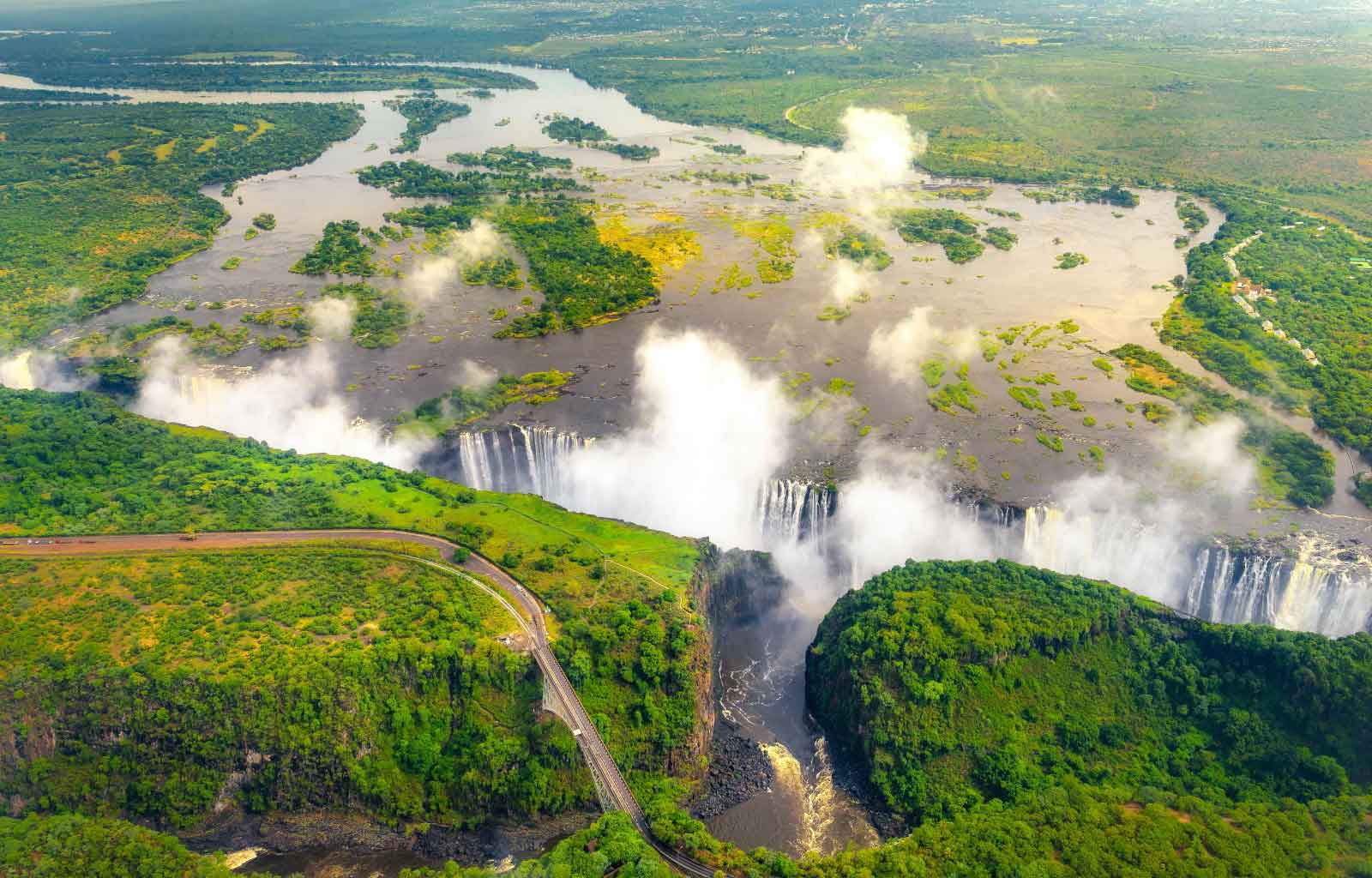
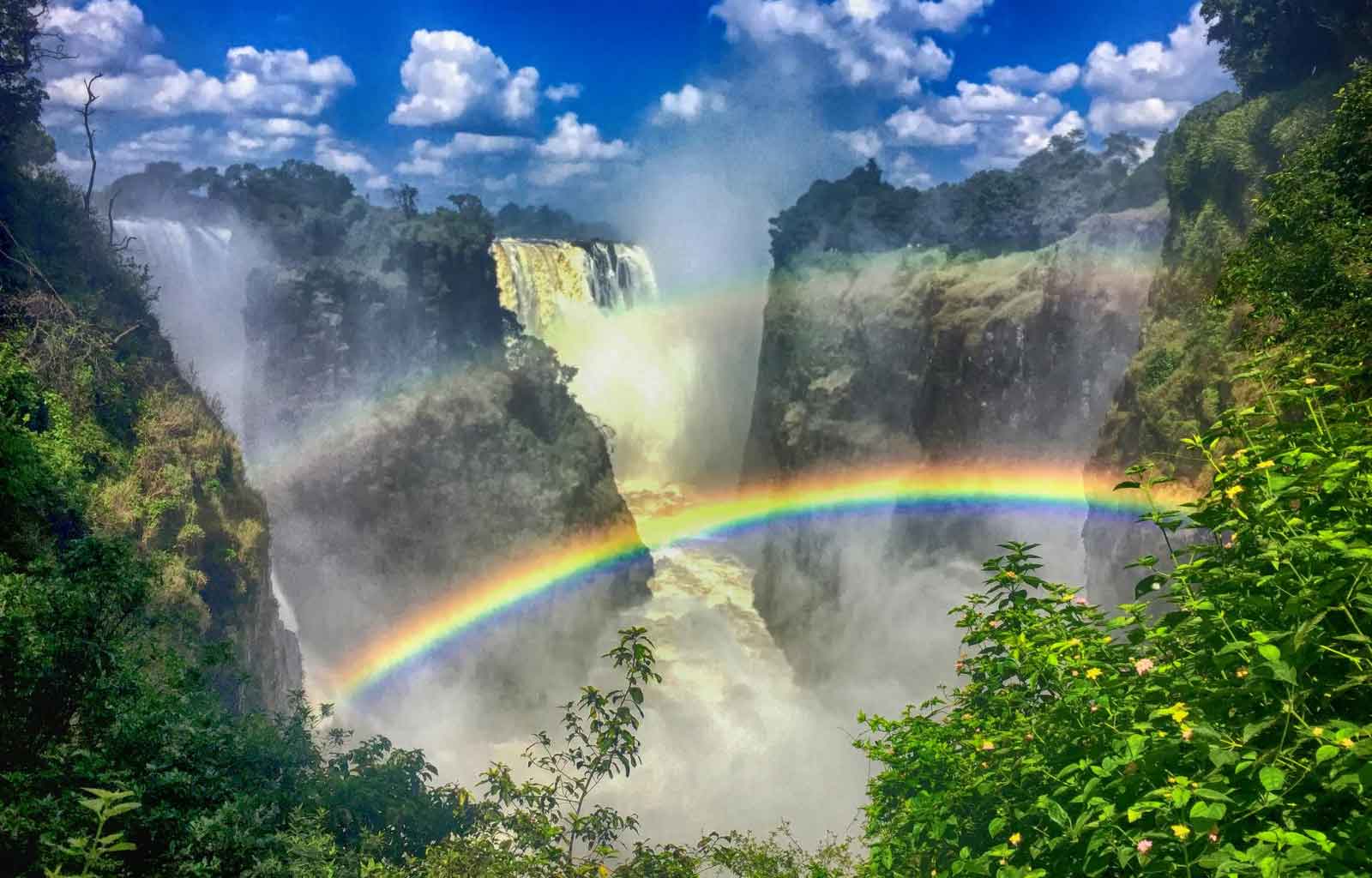
Liuwa Plain National Park
Discover Liuwa Plain National Park, a forgotten piece of Africa. This vast grass-covered plain is located in the far west of the country. Once a game reserve, the Lozi people were tasked with looking after its wildlife by the King of Barotseland for decades. The Liuwa Plains remains wild, exclusive and truly remote. Other antelope like the oribi, red lechwe, tsessebe and more rub shoulders with wild dog packs, wildcats, hyenas and a plethora of bird species are in this region.
Wildebeest Migration in Zambia? Yes! And what a sight it is to behold.
Enjoy a pristine wilderness safari where vast herds of wildebeest gather in their thousands in November in the north when the Zambezi River floods and heads to the drier southern plains, collecting herds of zebra and other antelope along the way. This is the second-largest wildebeest migration in Africa, with over 30,000 wildebeest and 4000 zebra counted. The small pride of lions, the opportunistic hyenas, wild dogs and the growing population of cheetah, follow the migration, ever hopeful of an opportunity to hunt.
There is a small pride of lions found in the area now. All the lions, bar one lioness, were poached from existence in the 1990’s. Lady Liuwa was her name and at aged 13, she had been alone in Liuwa for many years. Africa Parks reintroduced lions in 2009 and 2011, with one male and one female surviving. The female, Sepo, and Lady joined forces and in 2013 Sepo had 3 cubs, creating a small pride with Lady in charge. Lady Liuwa died of natural causes, no longer alone. And the lion numbers are slowly increasing thanks to Africa Park’s commitment.
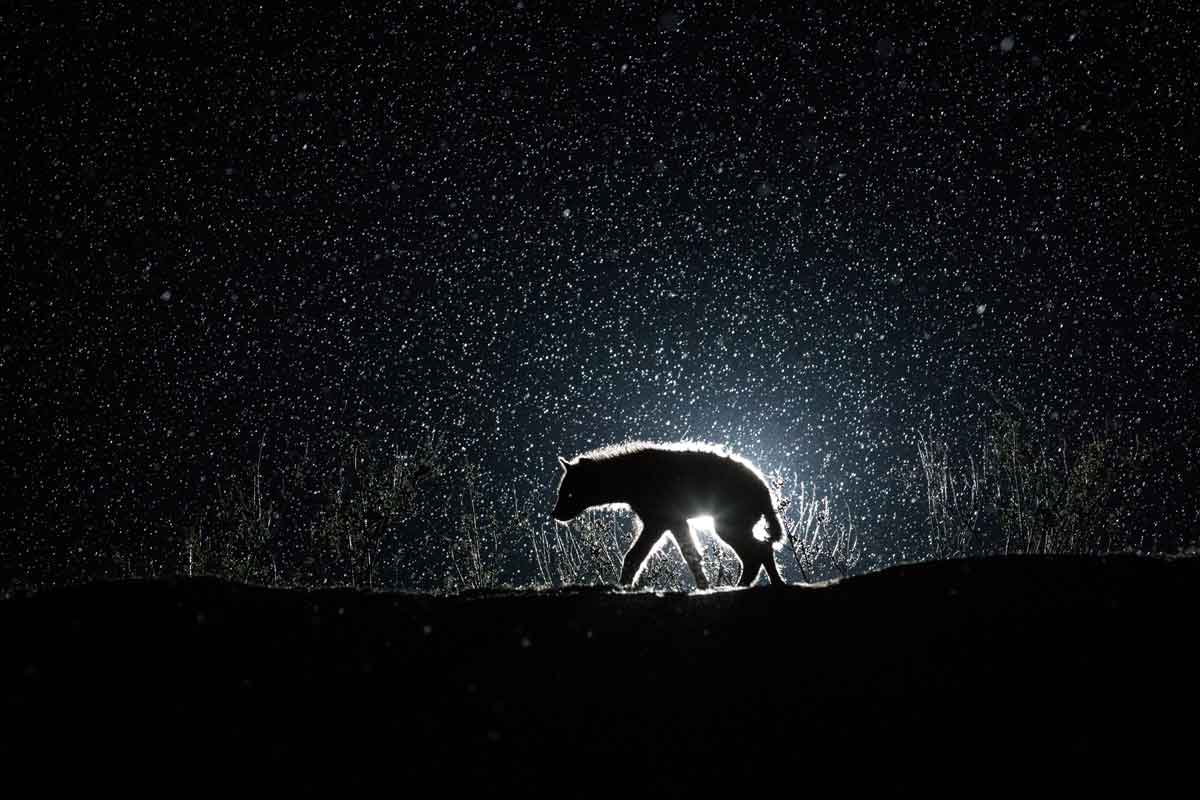
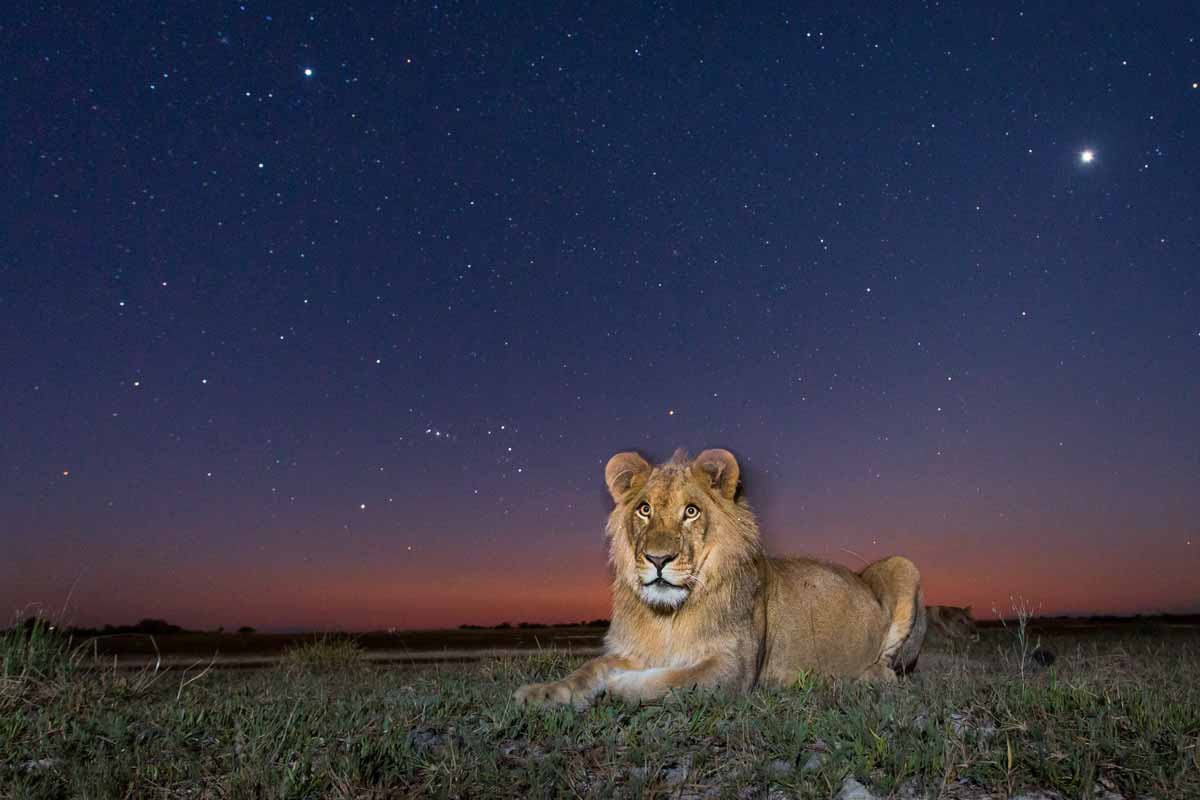
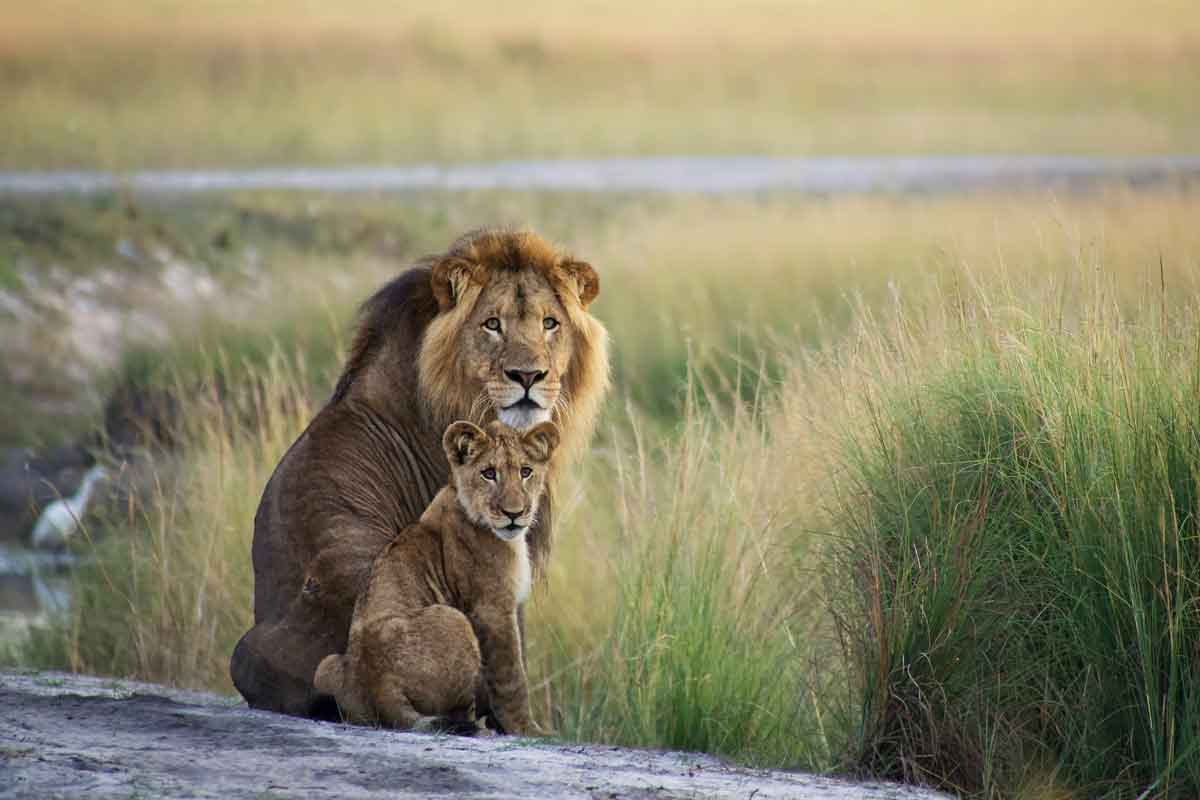
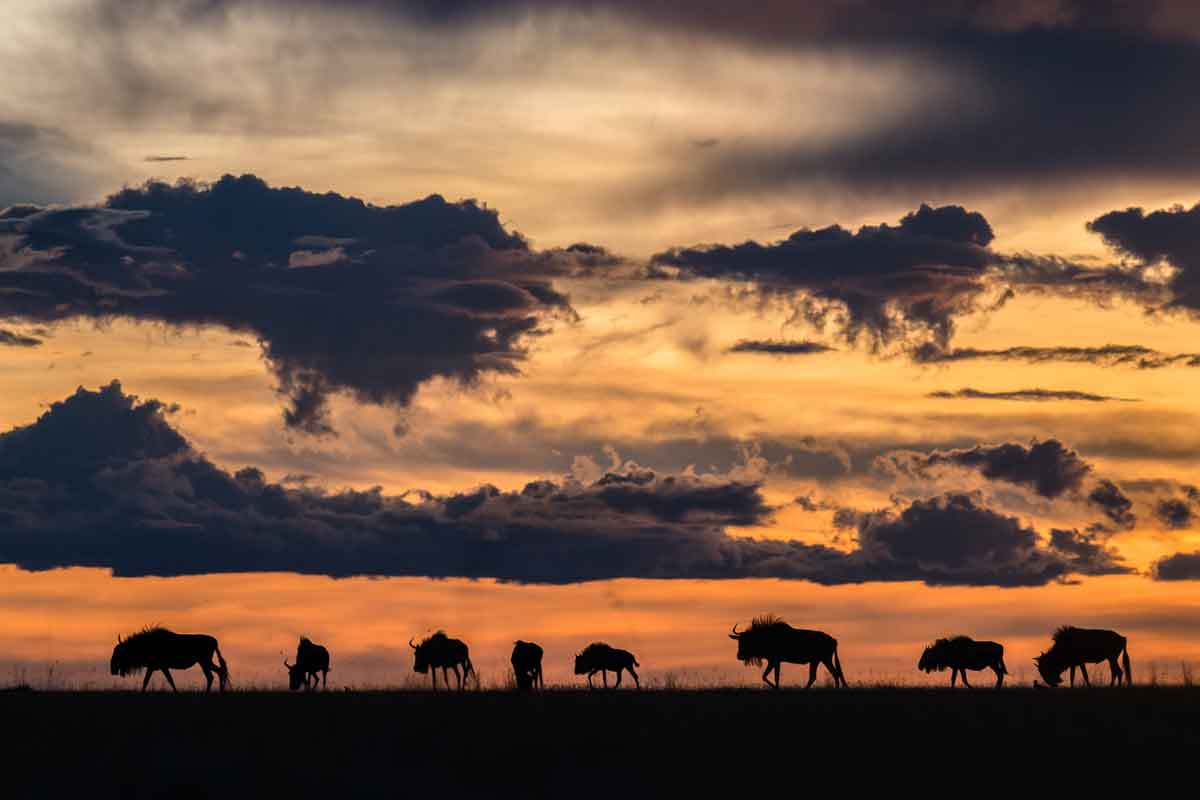
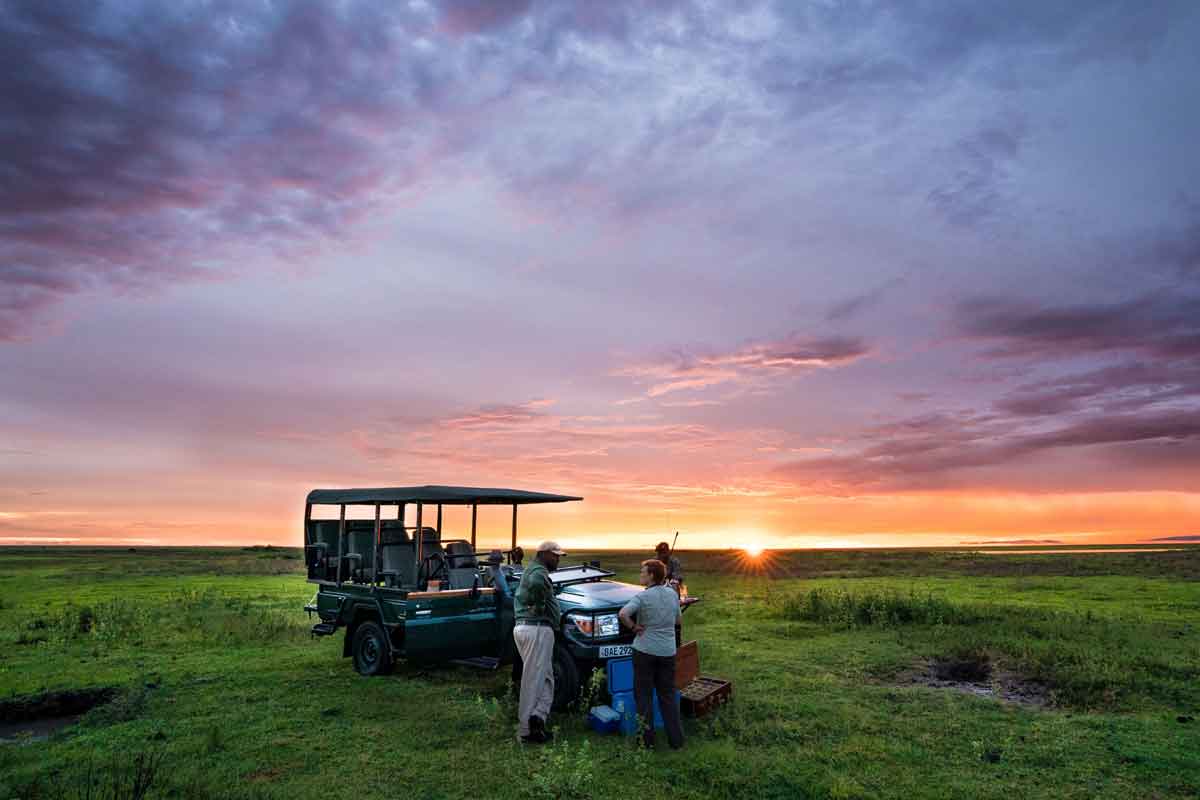
Kasanka National Park
One of Zambia’s smallest parks, Kasanka National Park is on the edge of Lake Bangweulu, filled with rivers, lakes, wetlands, lagoons, meadows and shallow wetlands, a vital home to animals, fish and birds. Expect excellent birding and a beautiful setting. The park has increased in animal numbers since the 1980’s when poaching is rife. Elephants appear from time to time and more will come. Tick off the Shoebill Stork on a trip to the Bangweulu Wetlands, a “lifer” for the serious twitcher.
The worlds largest mammal migration takes place in Kasanka! Witness the Kasanka bat migration, as millions (think 8 million!) of African straw-coloured fruit bats arrive from all over Africa in late November to feast on the fruits of the trees in the swamp forest. They come to feast on the pod mahogany, musuku, mufinsa, milkwood and other wild fruit that appears with the first rains. They are gone by New Year, flying out over the continent. Wake up before daybreak in order to see the bats return to roost after foraging all night. This best-kept secret is not your typical safari however this unique experience will delight many.
